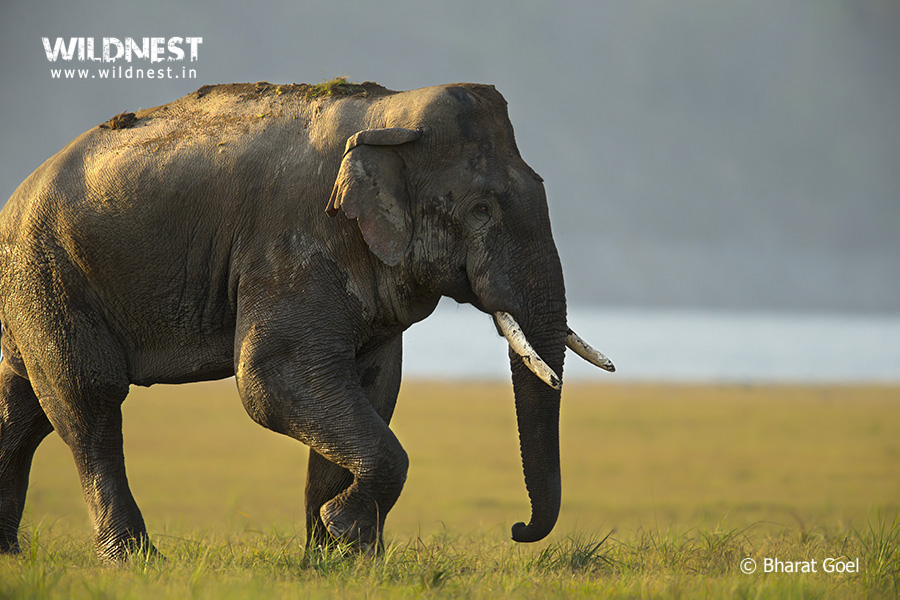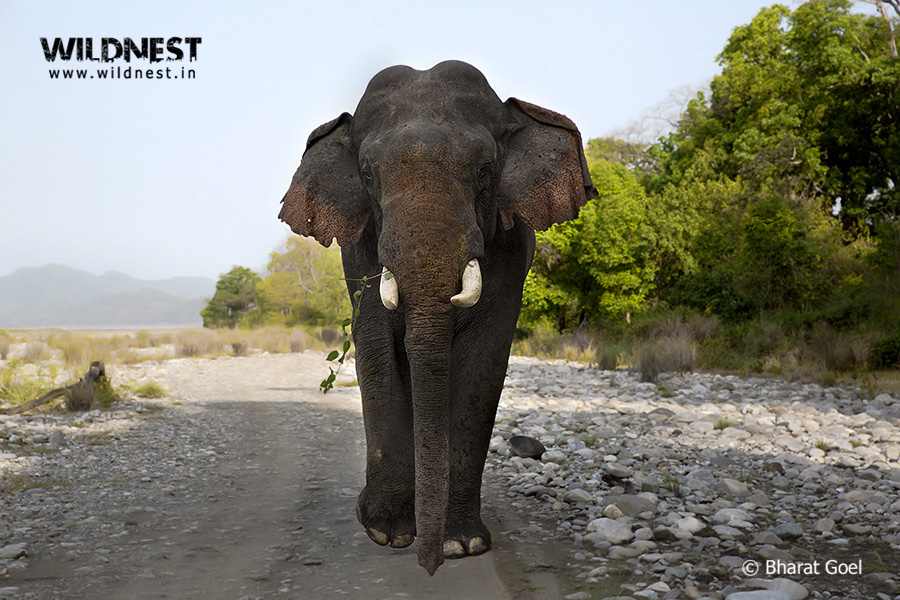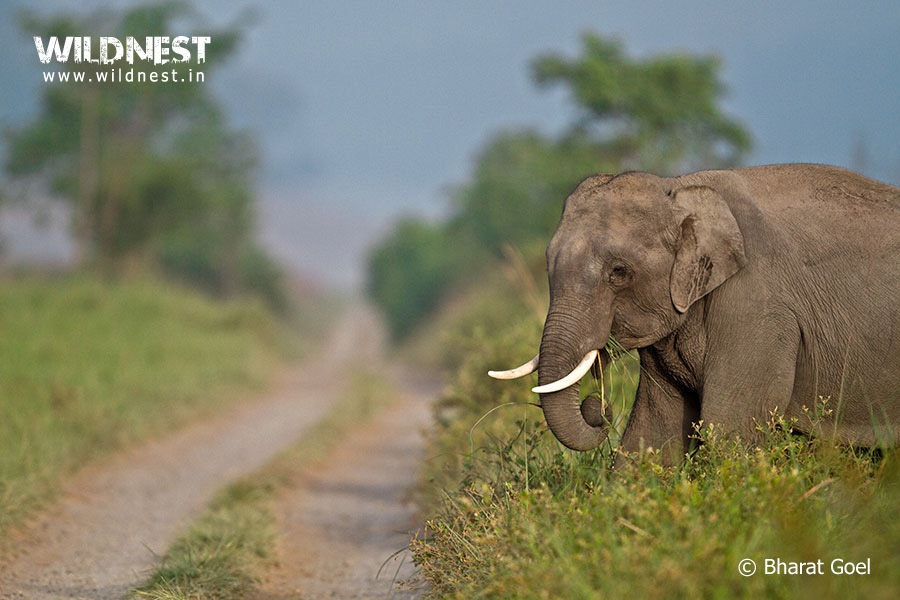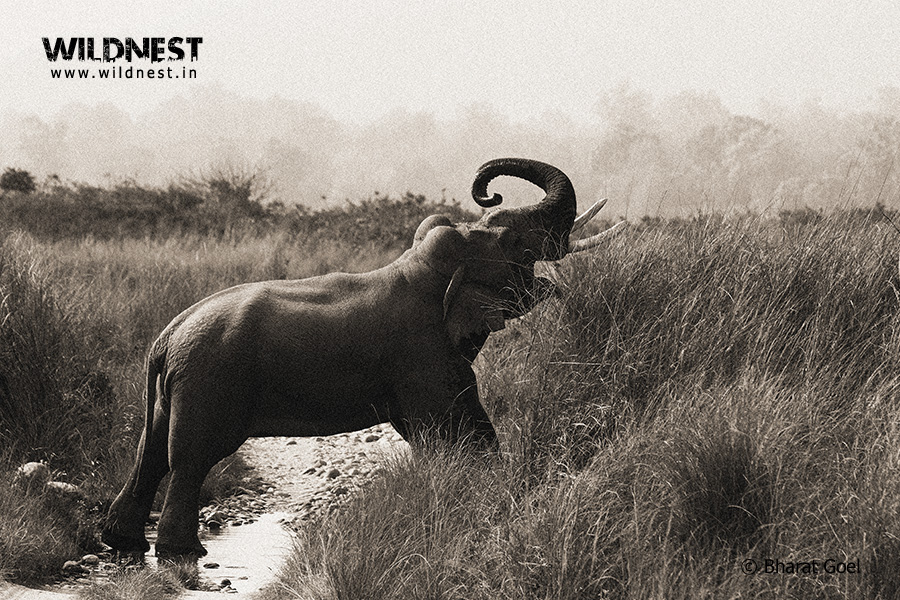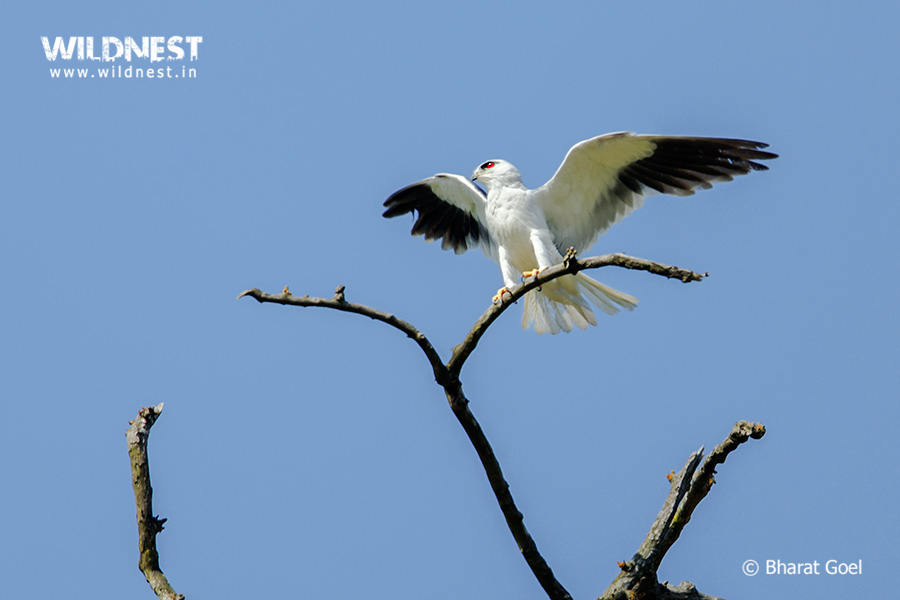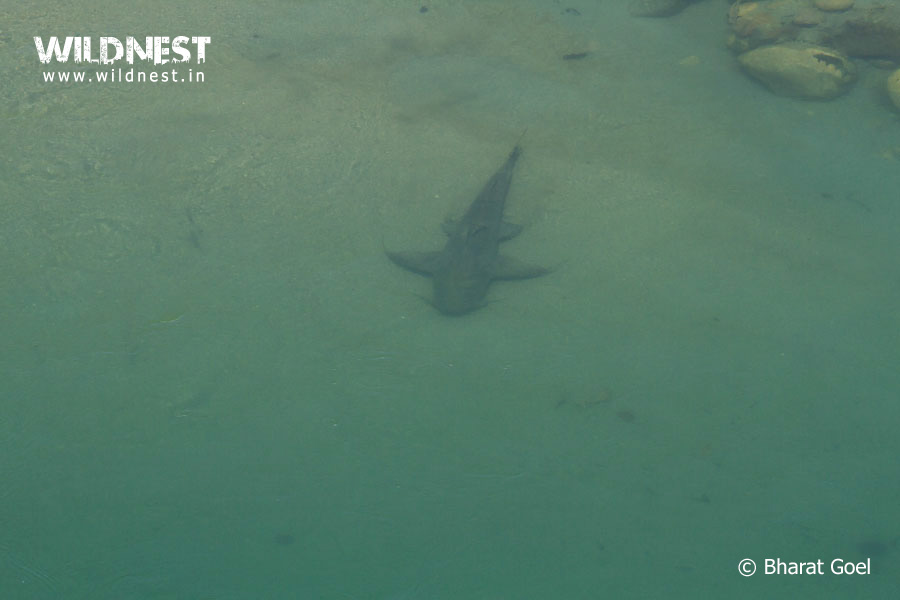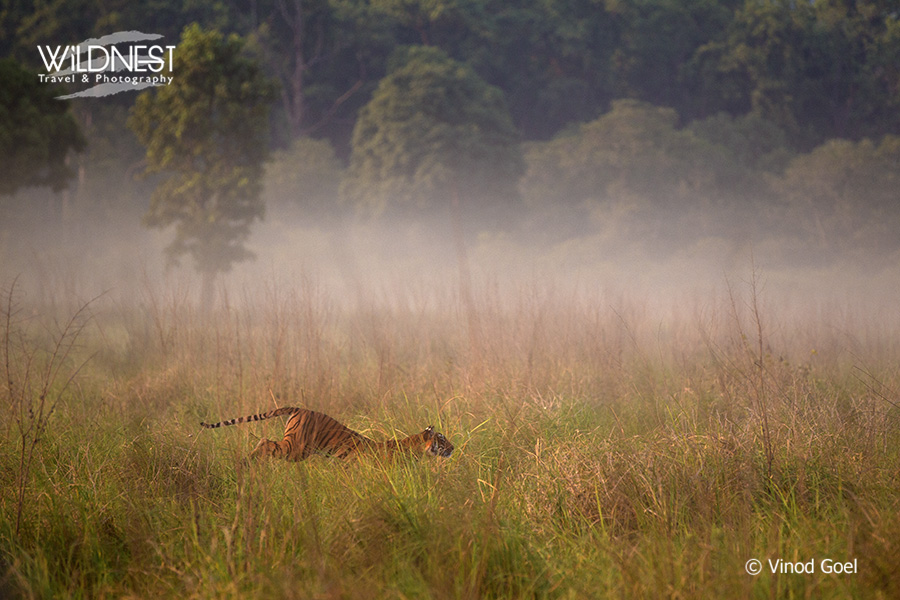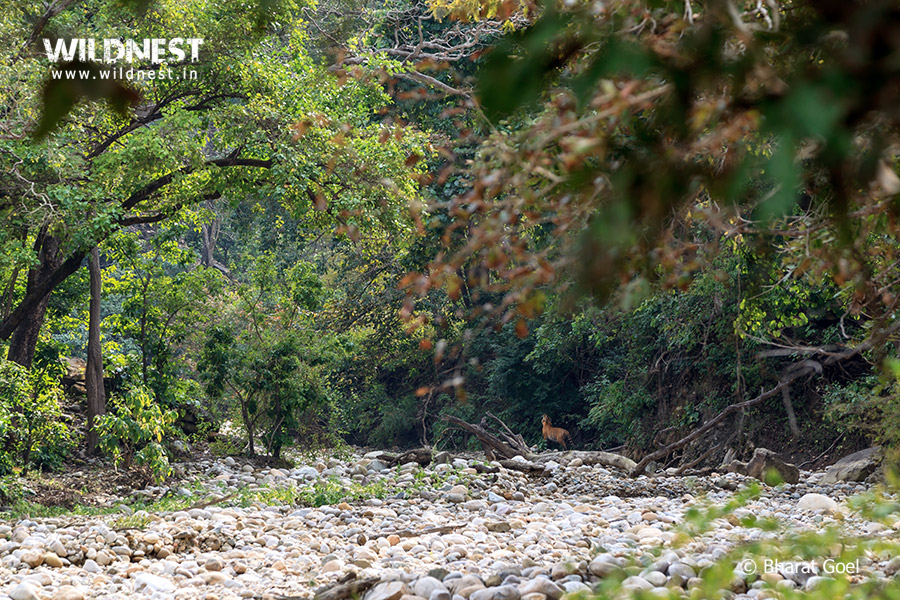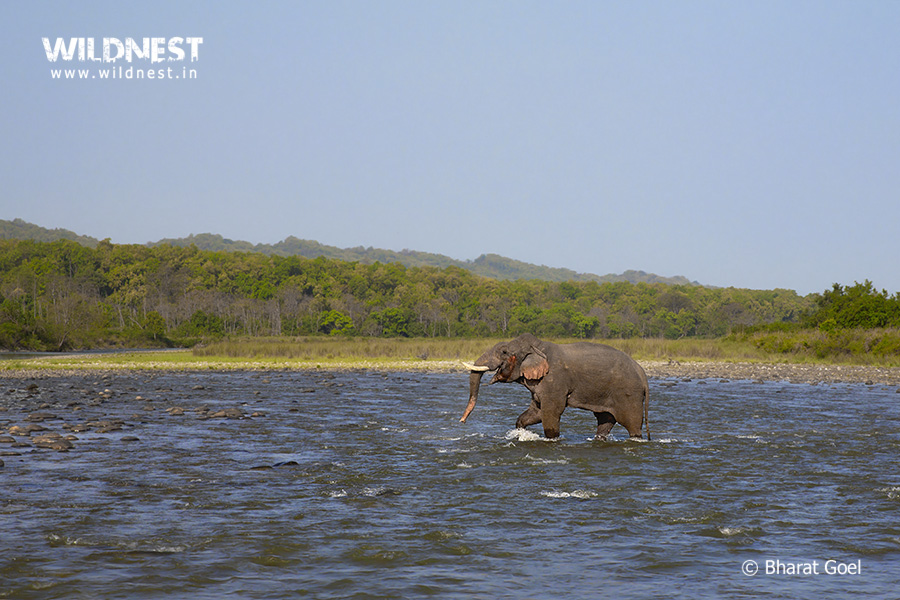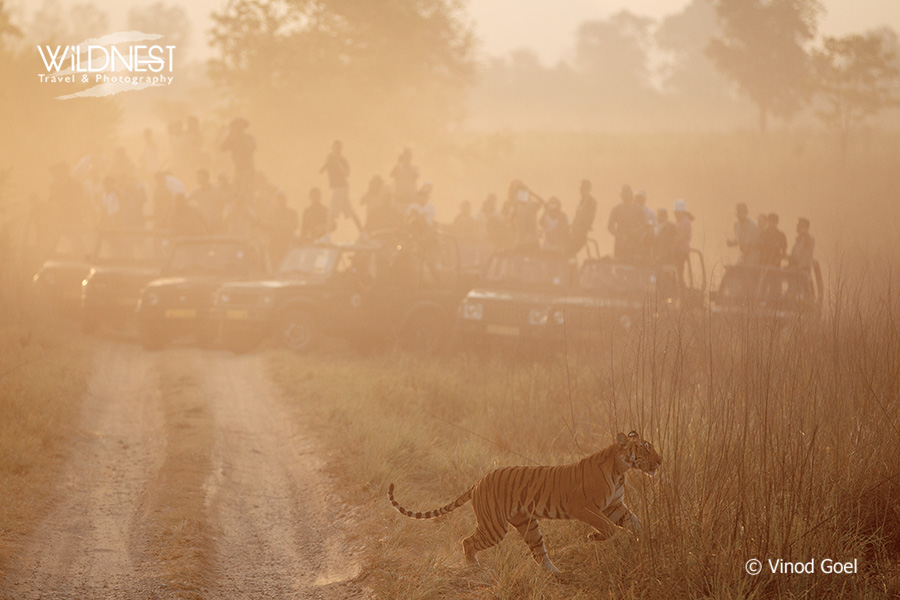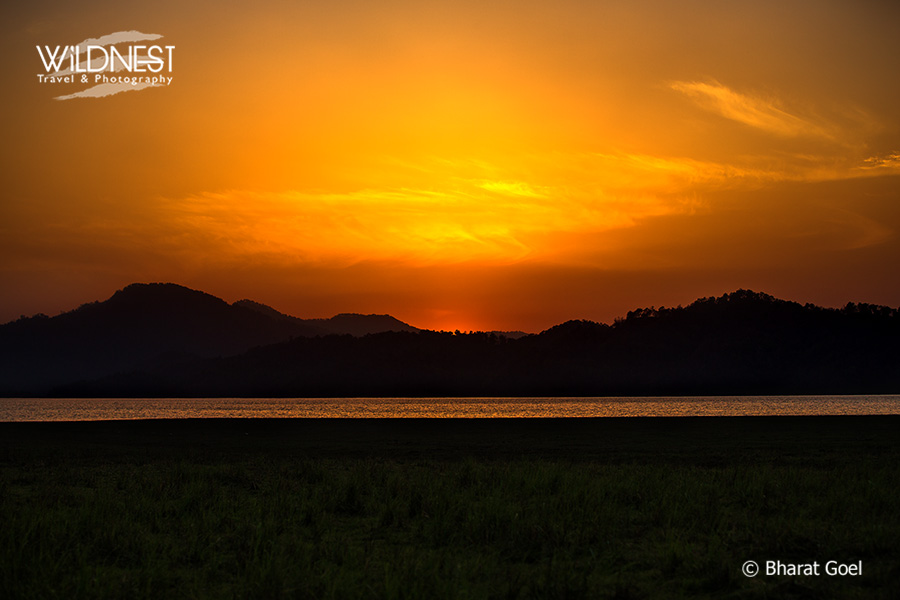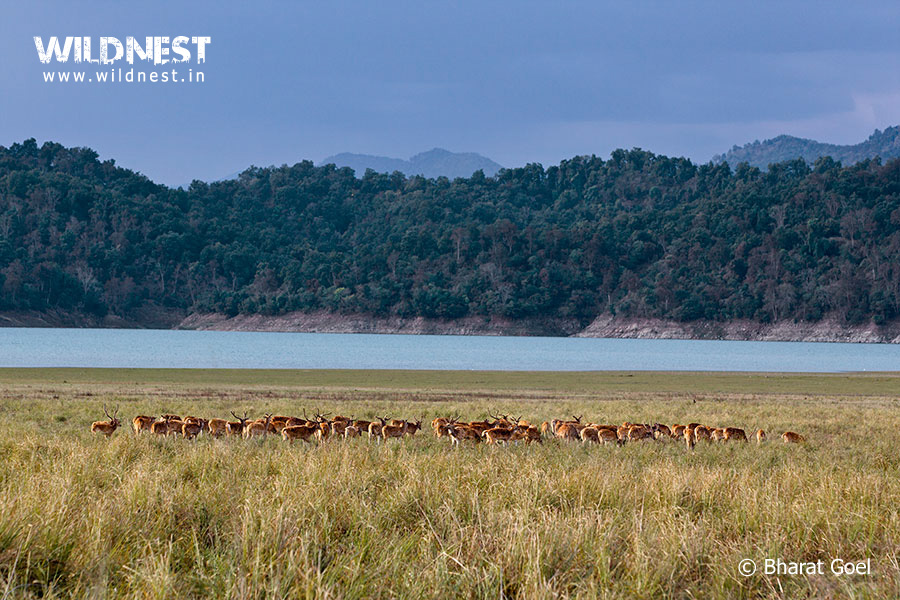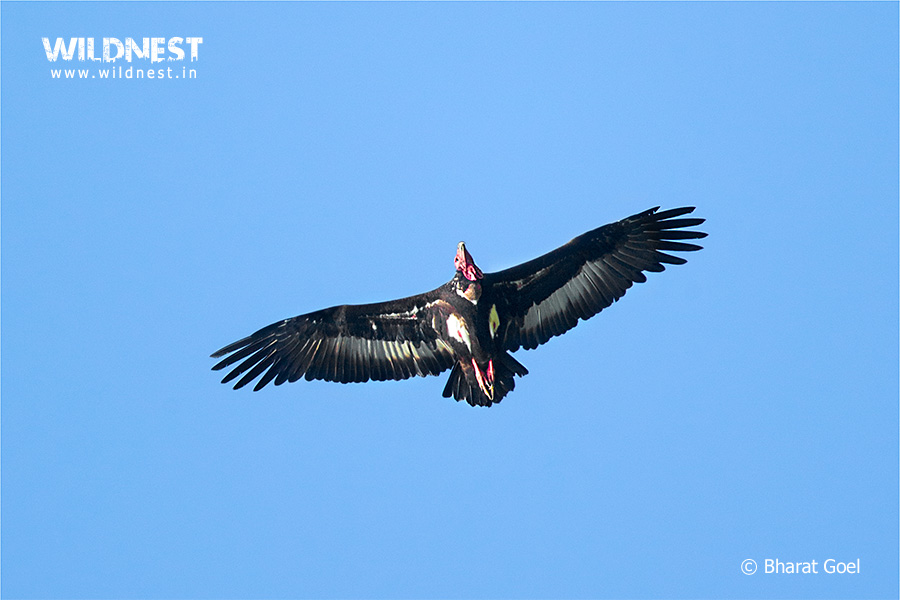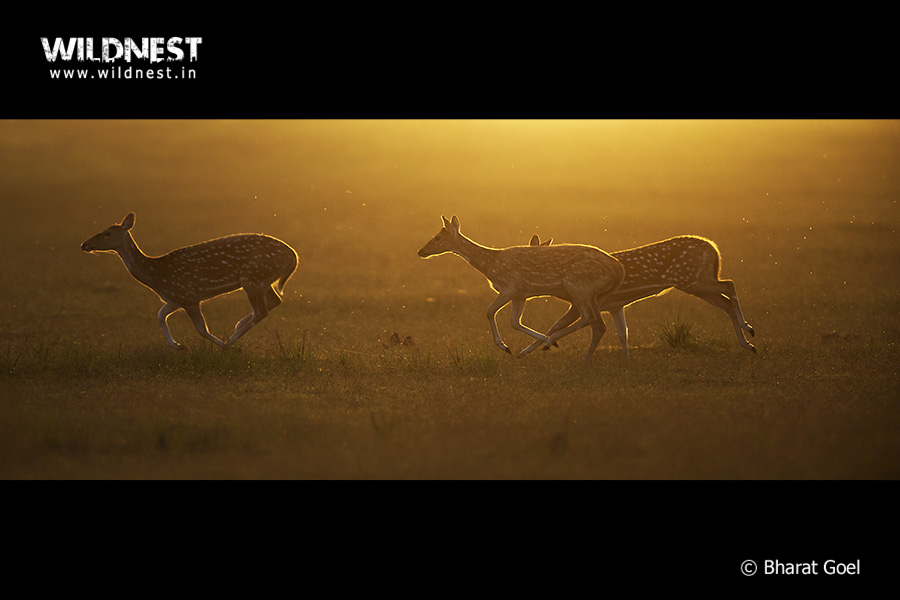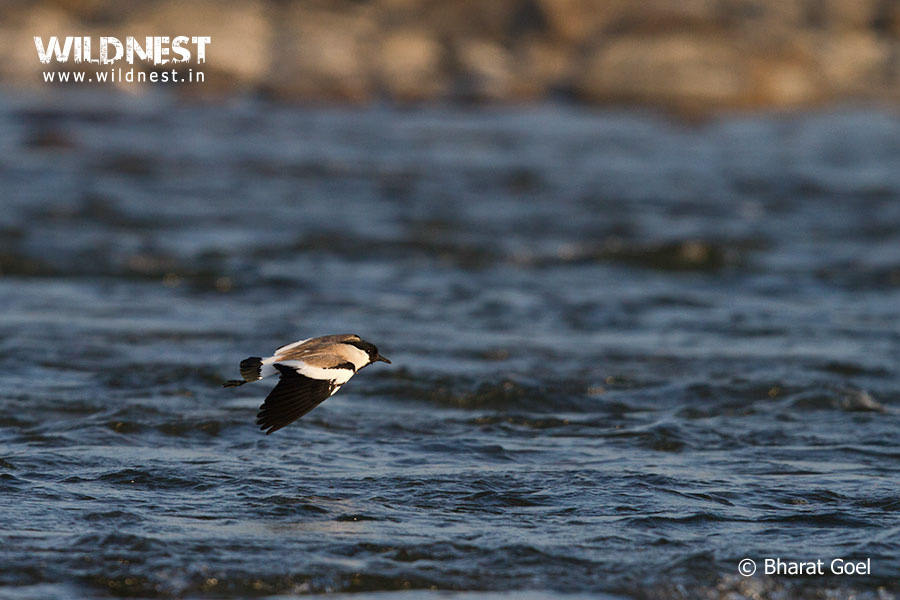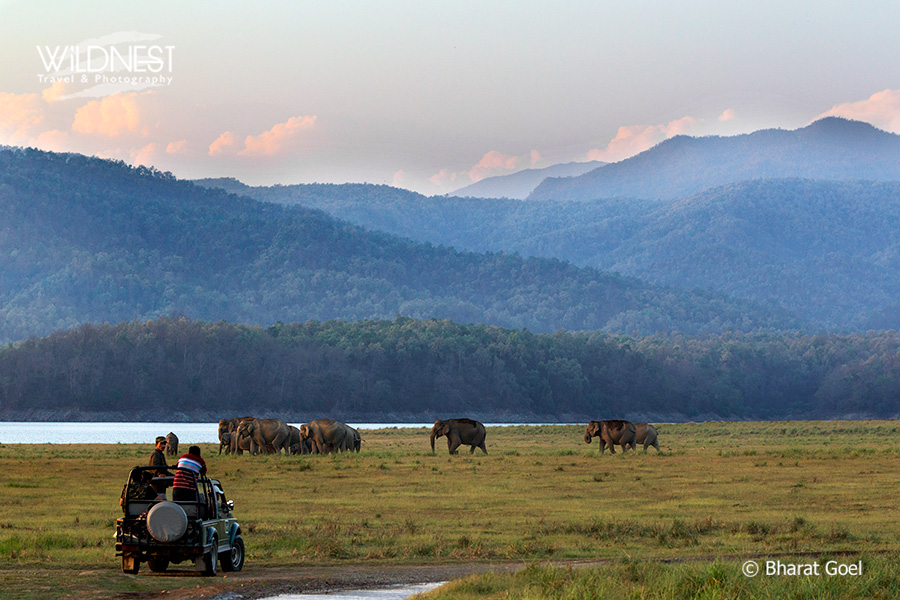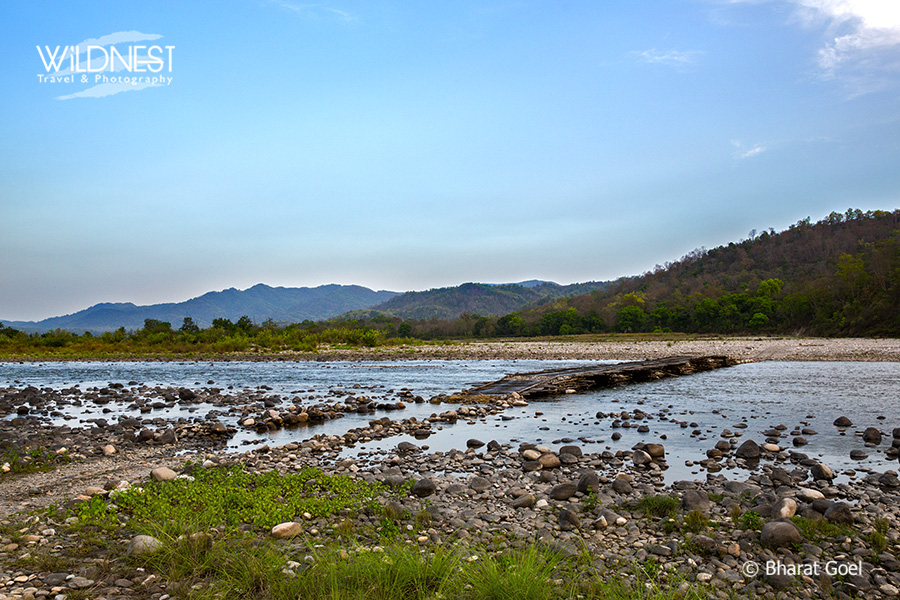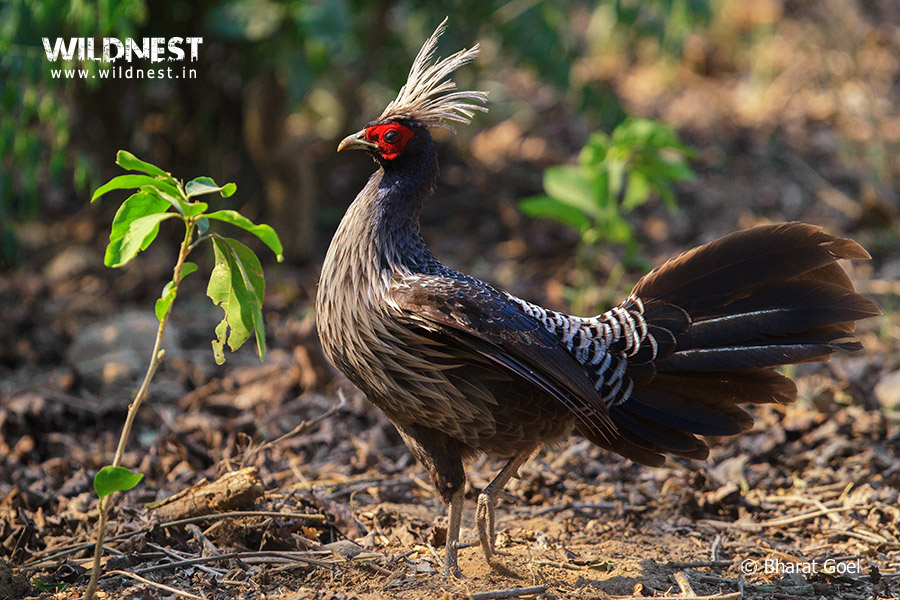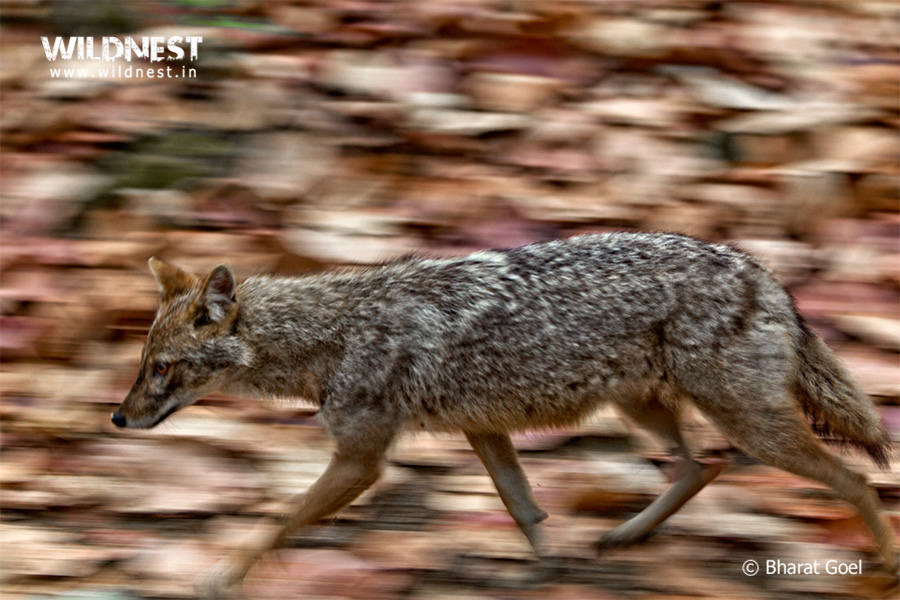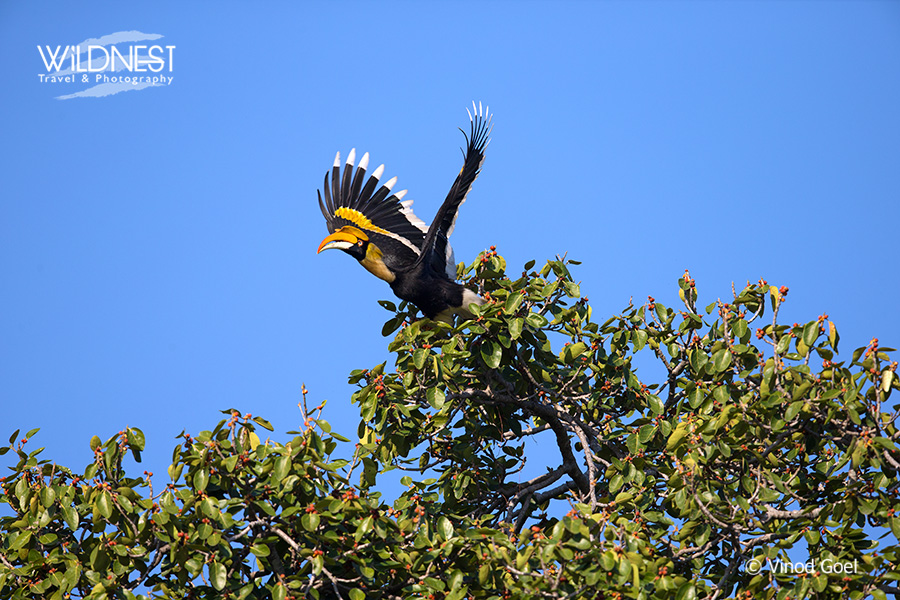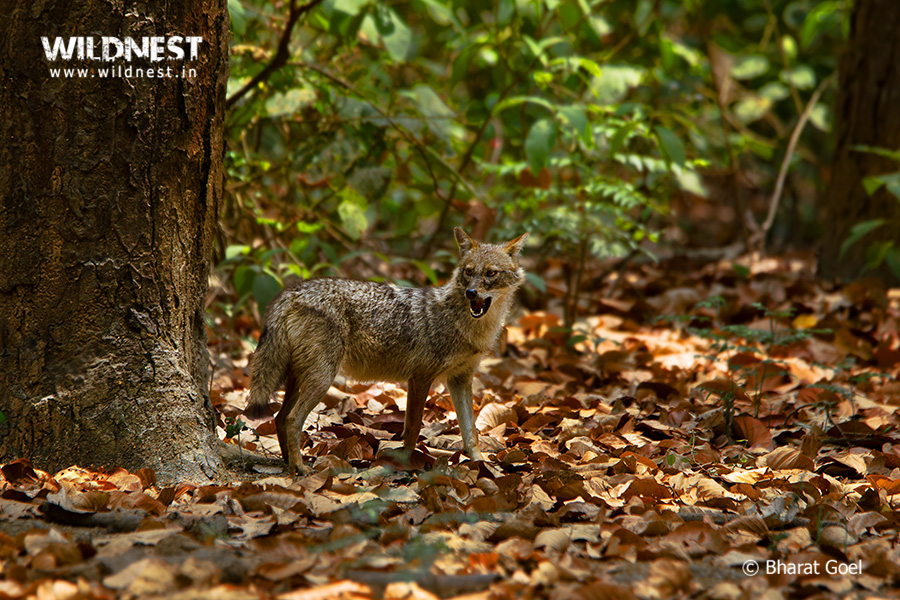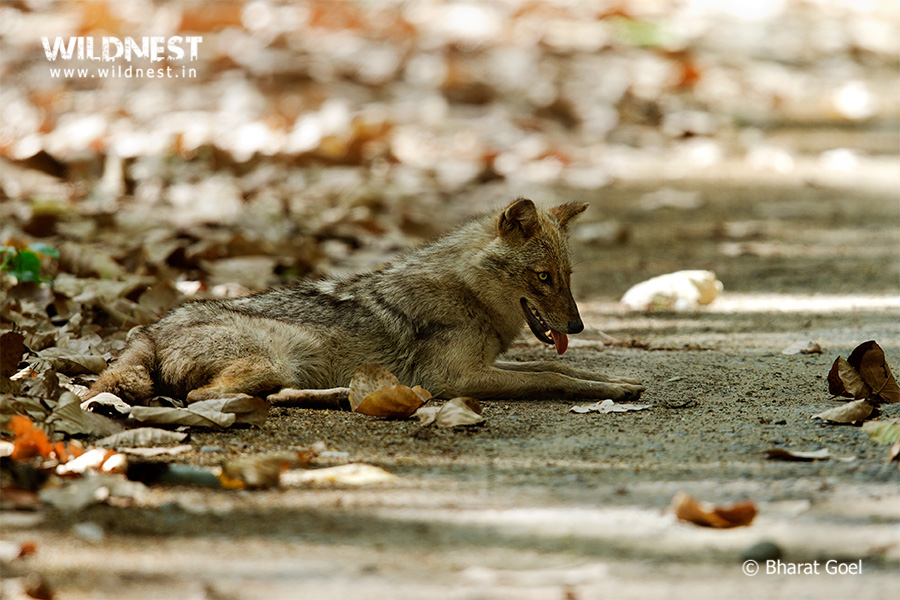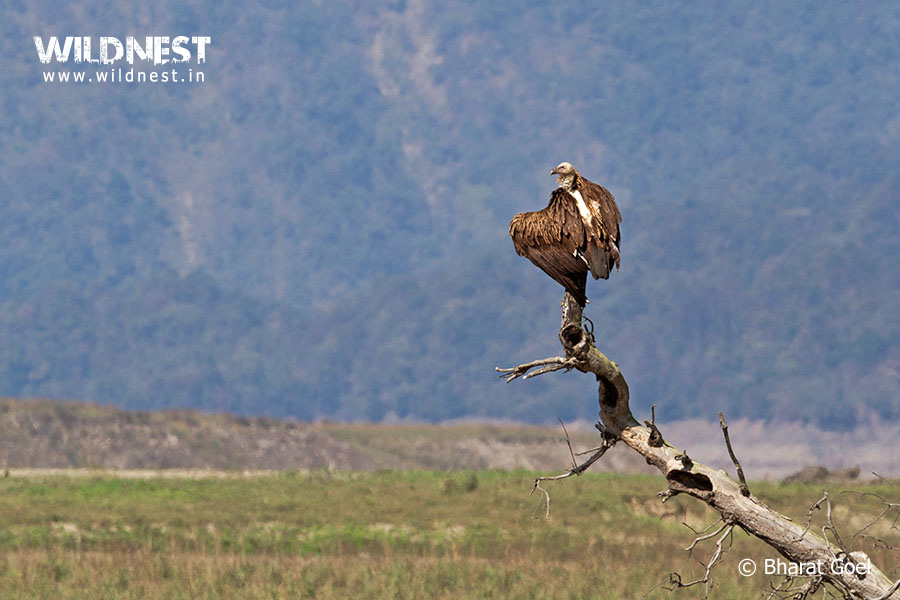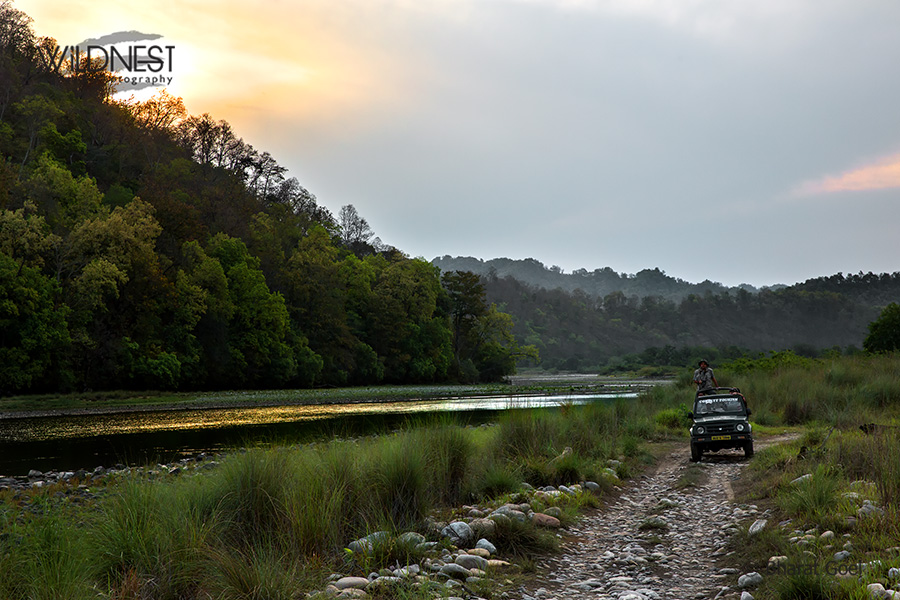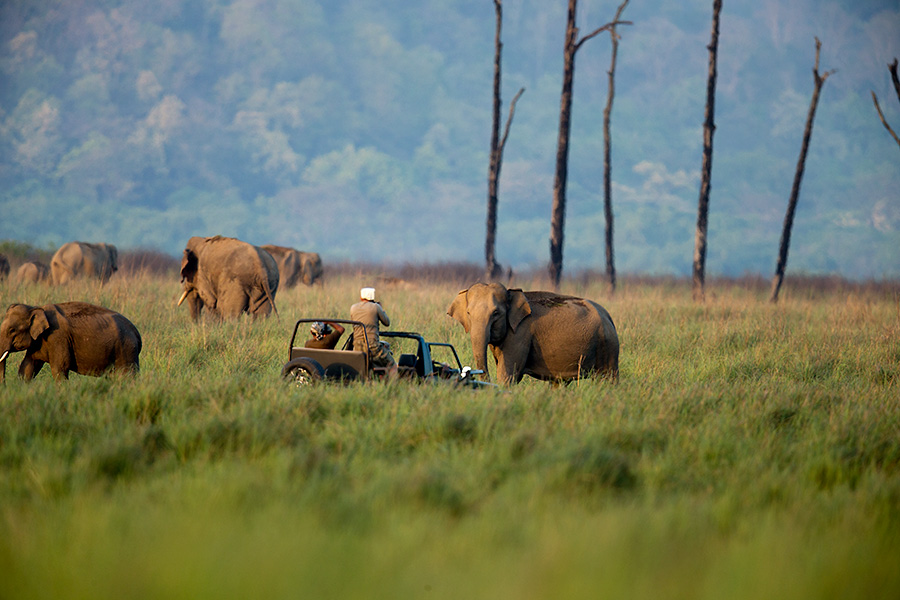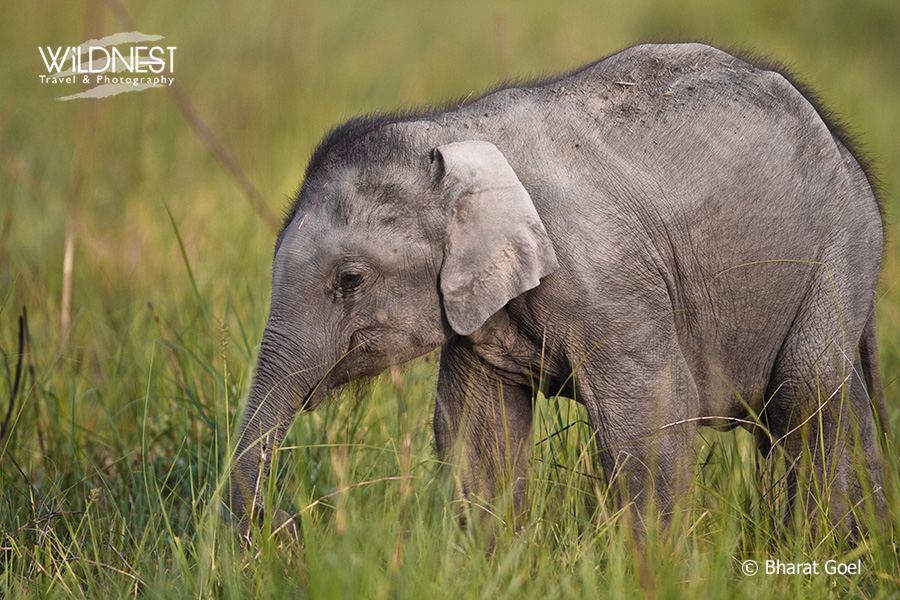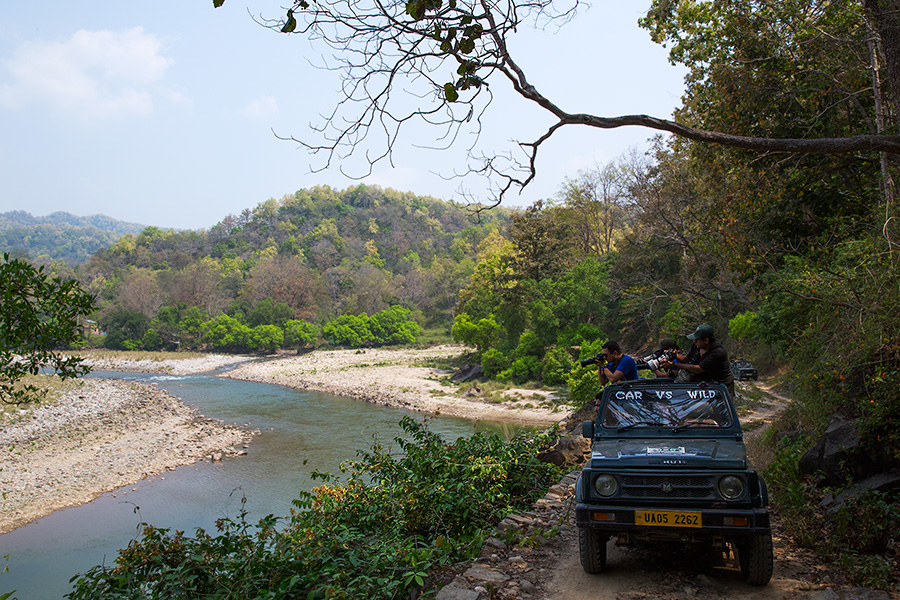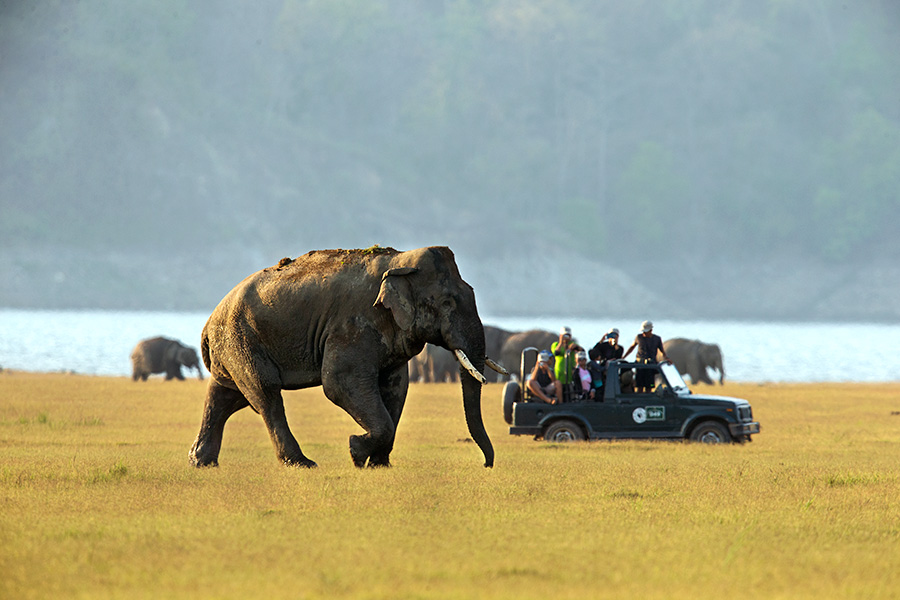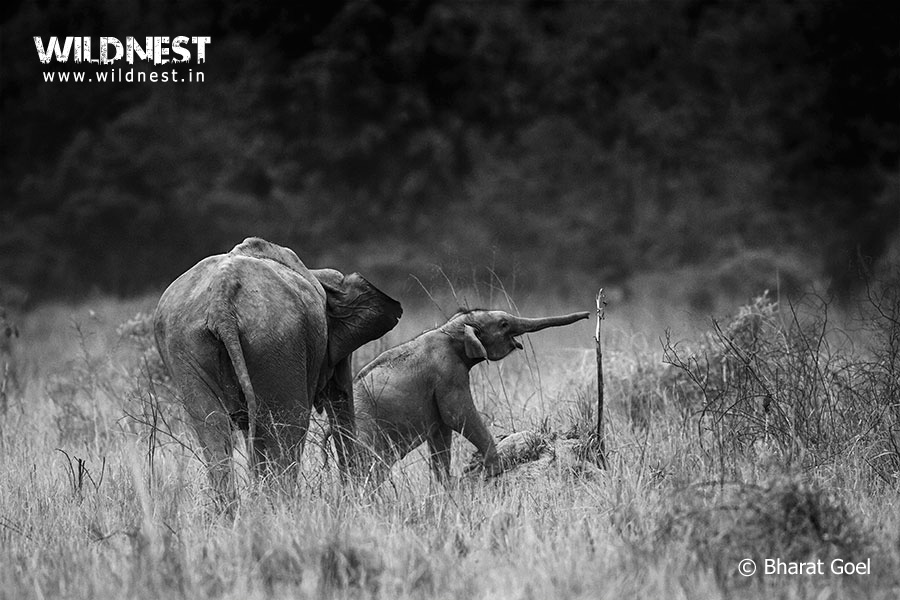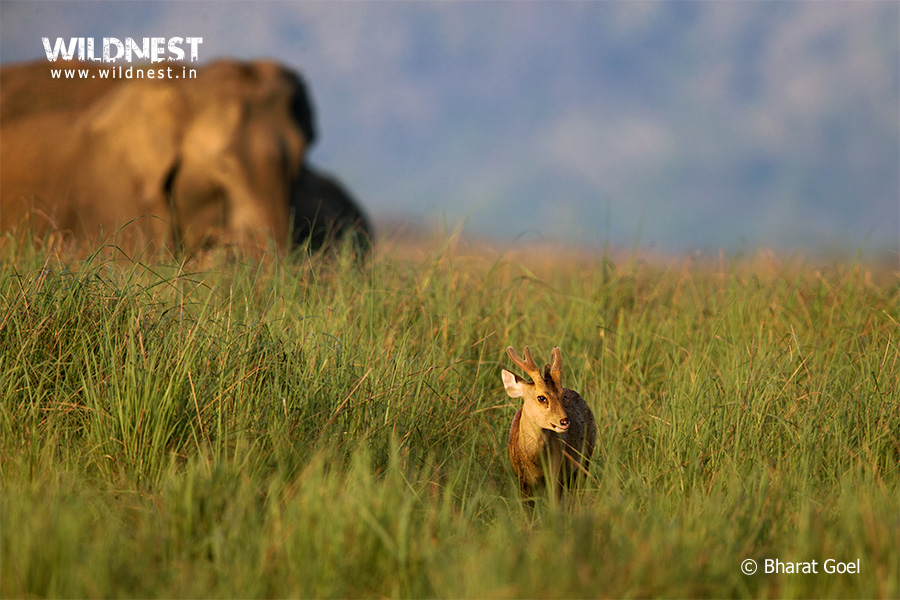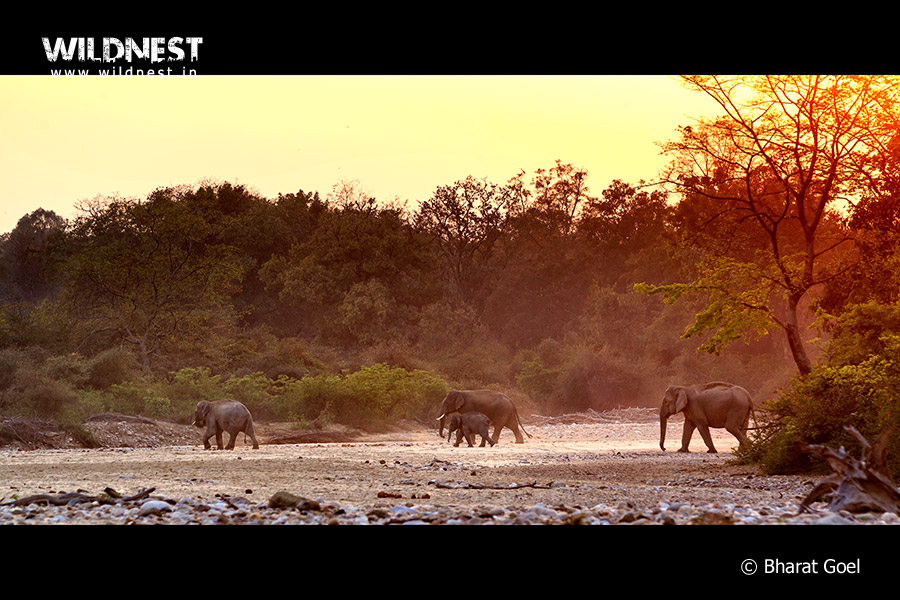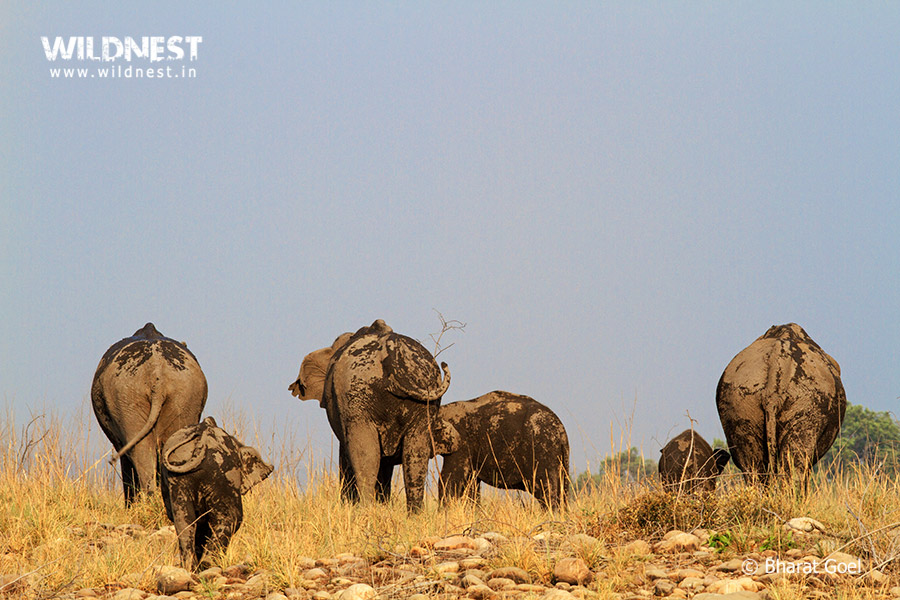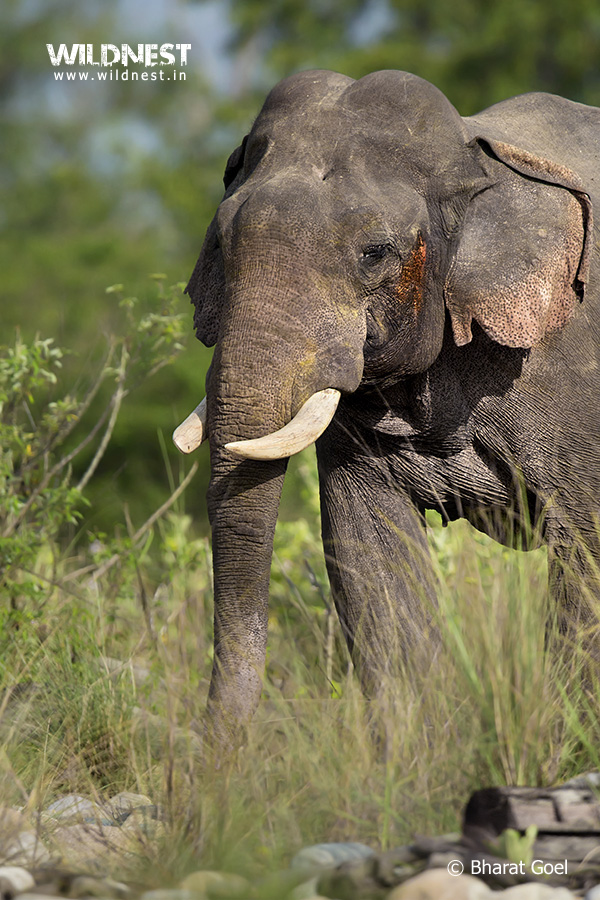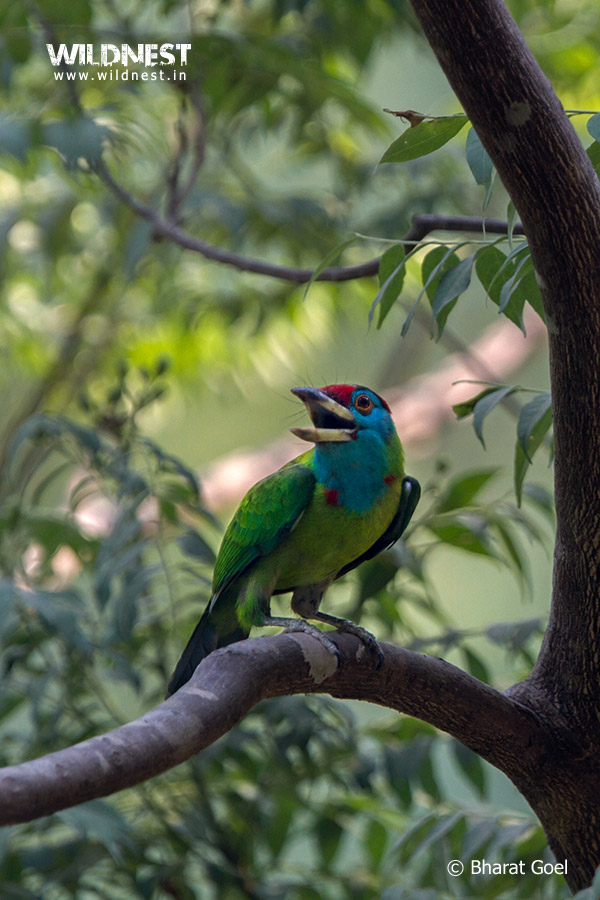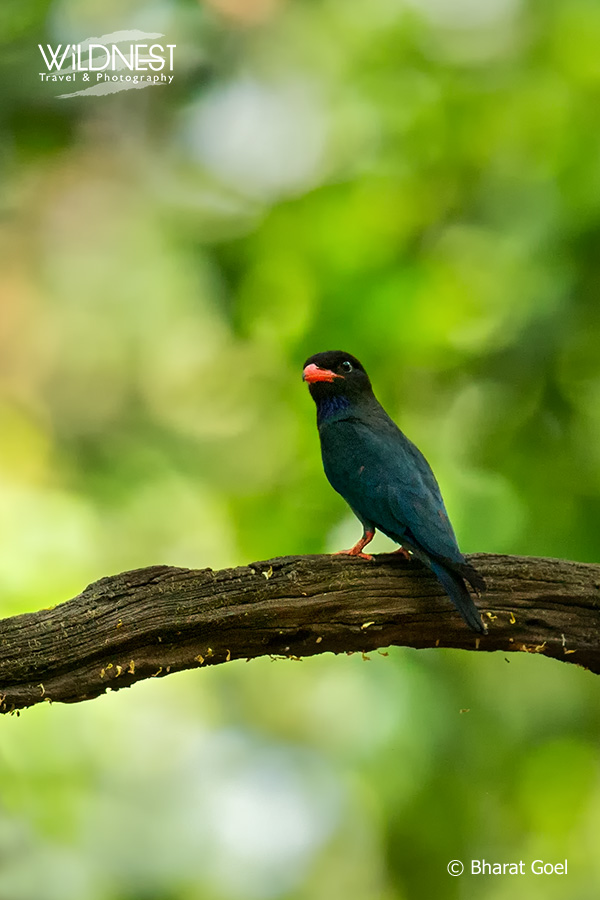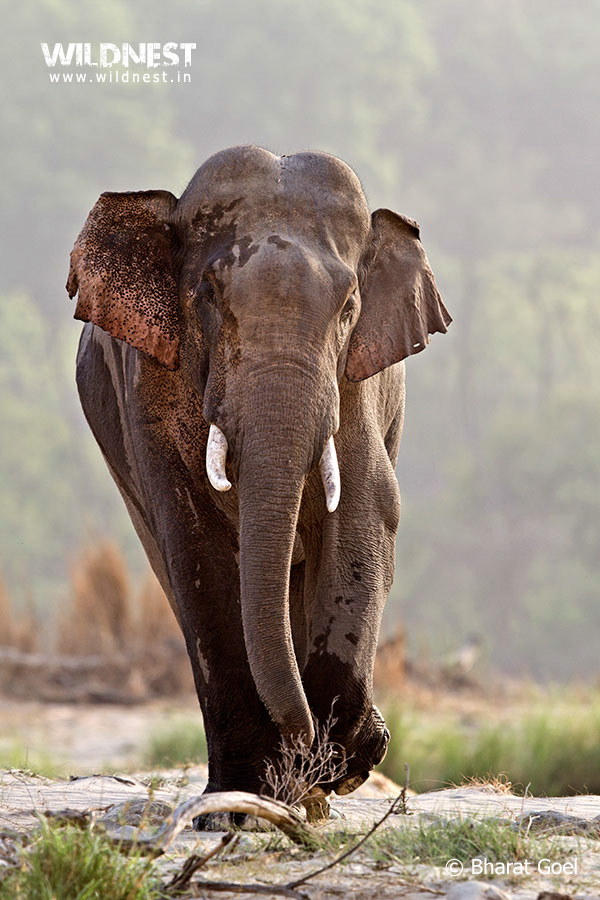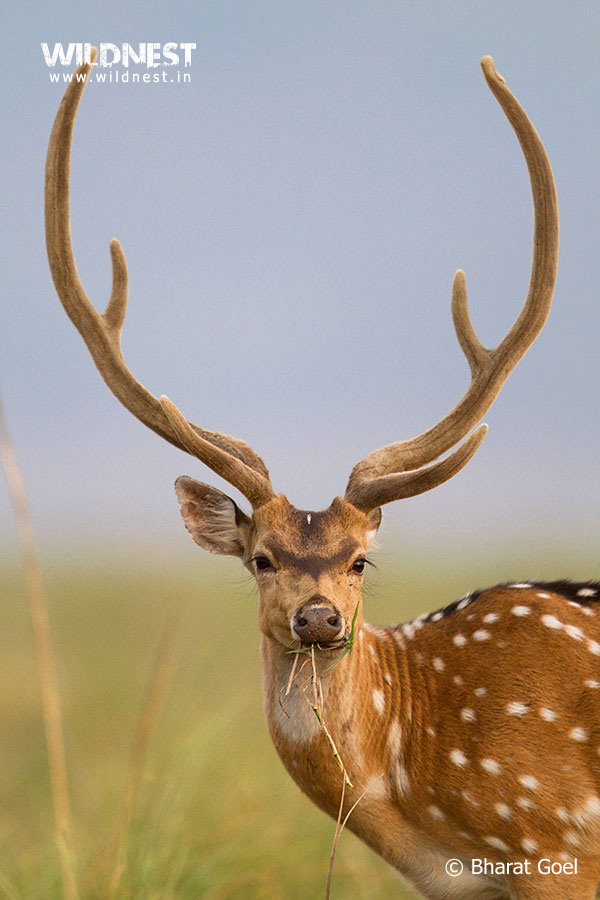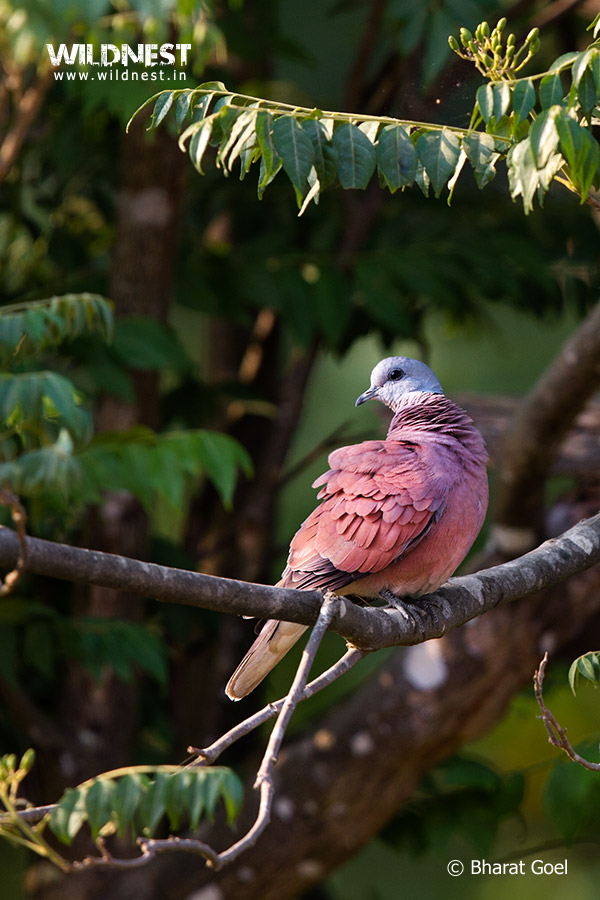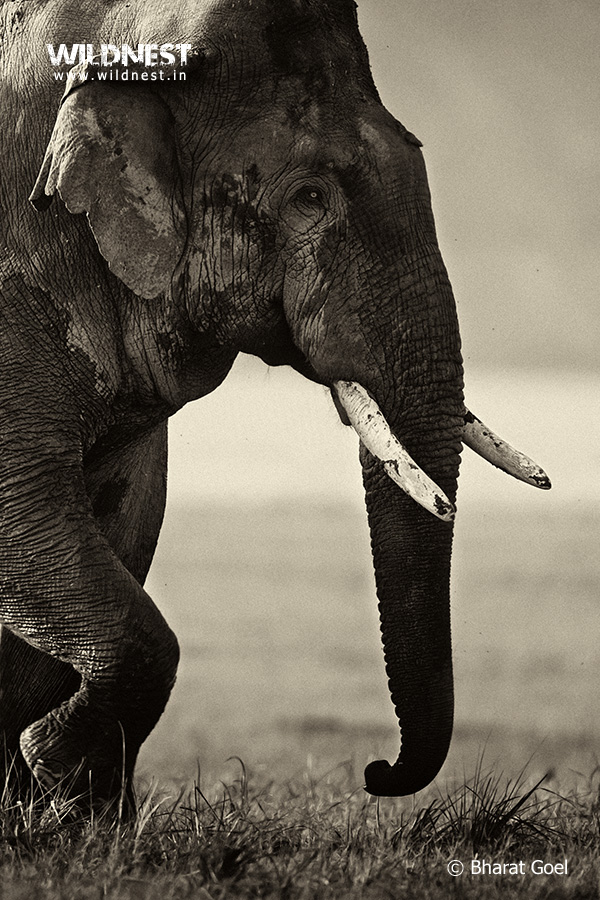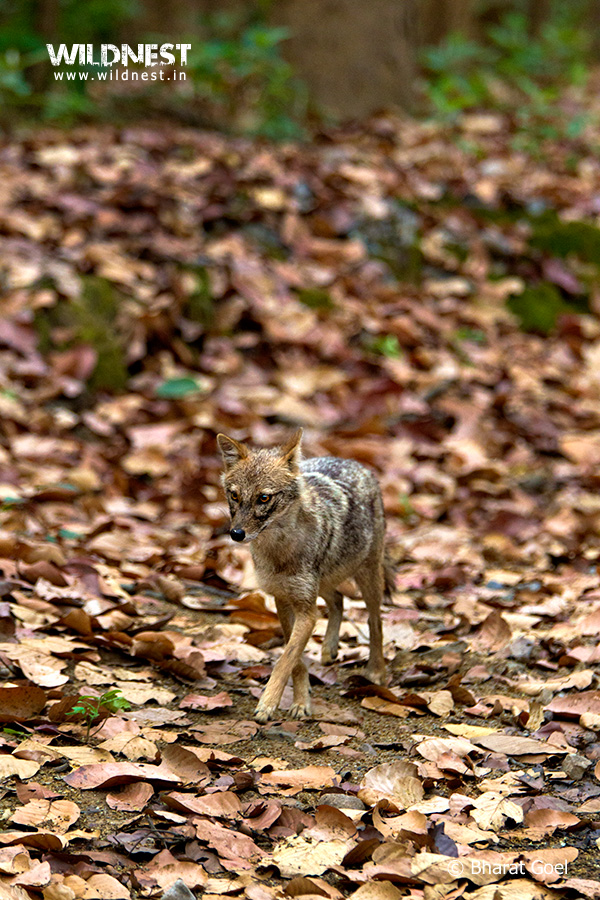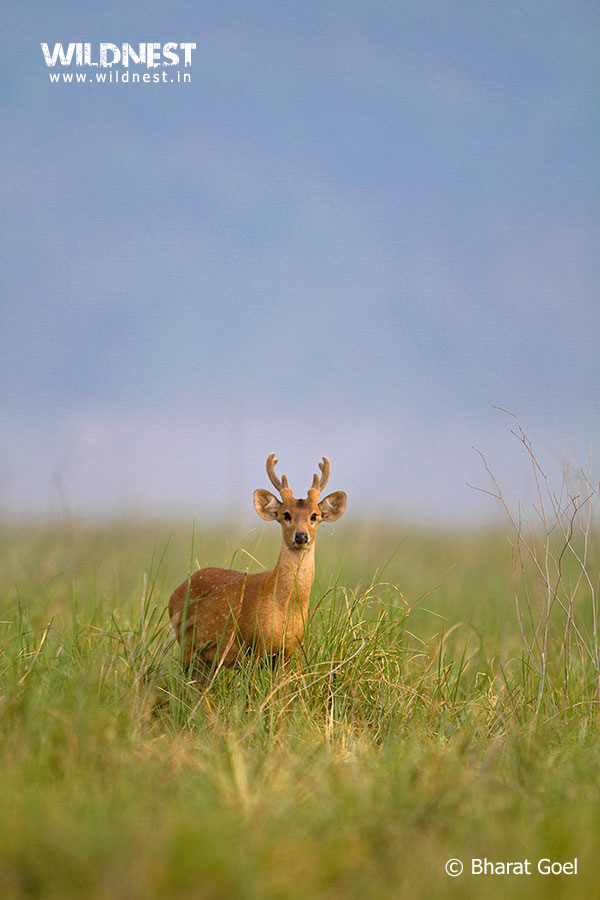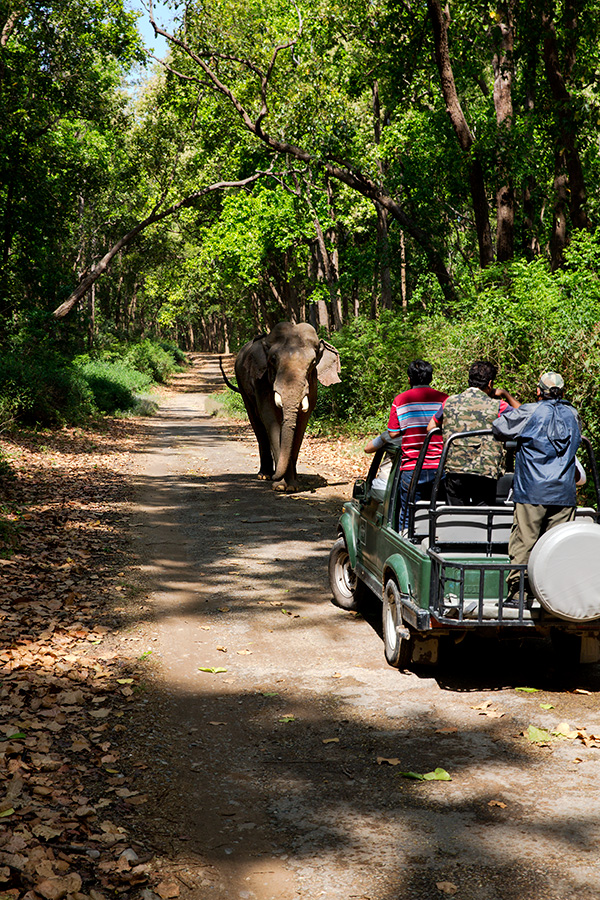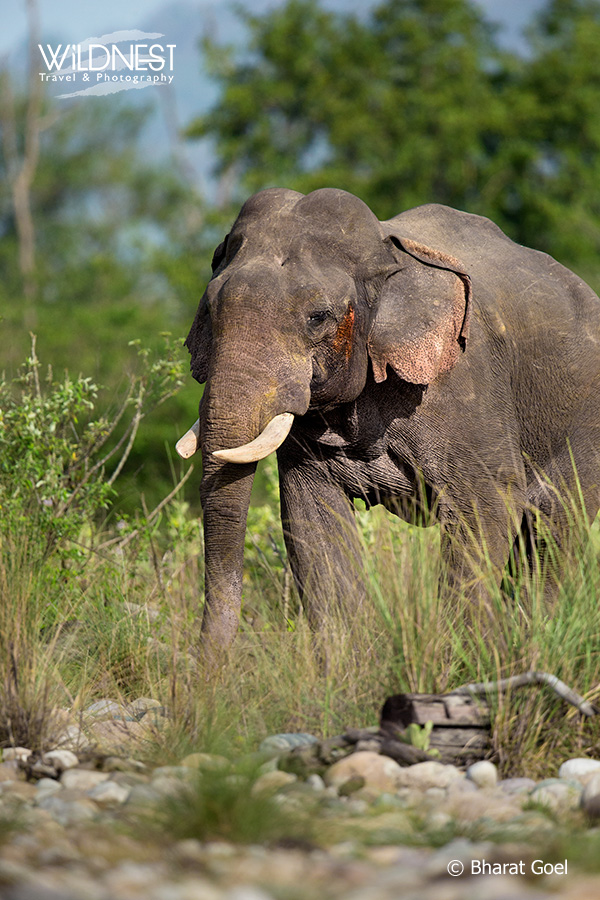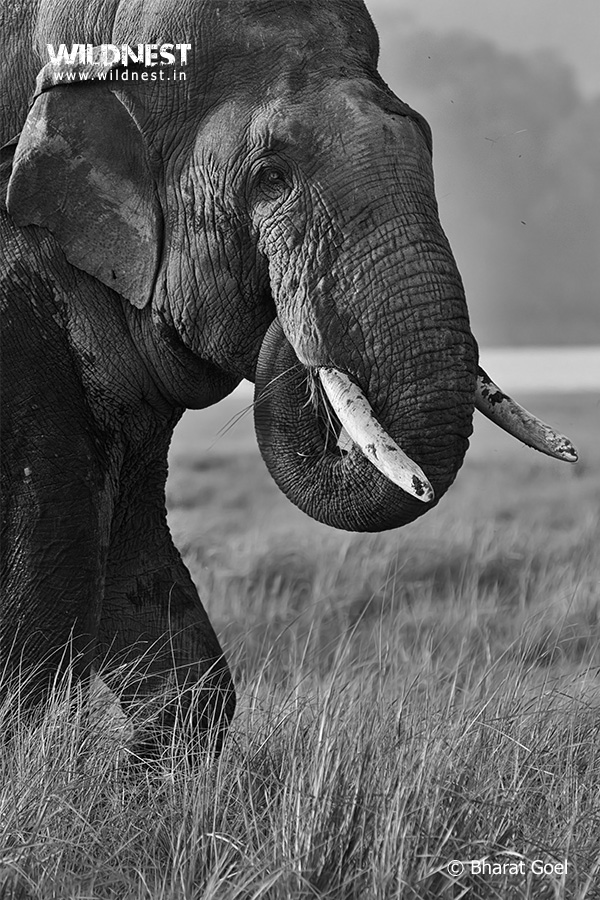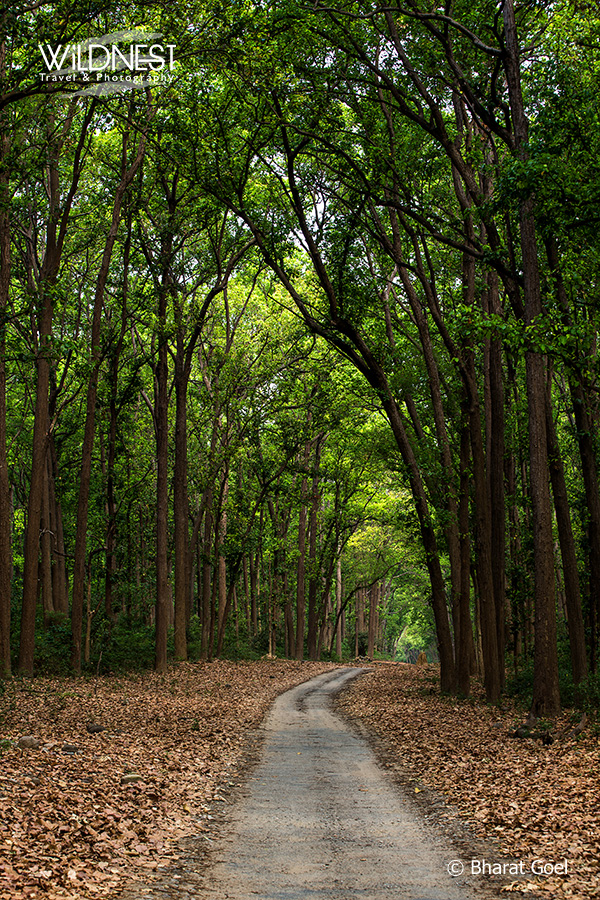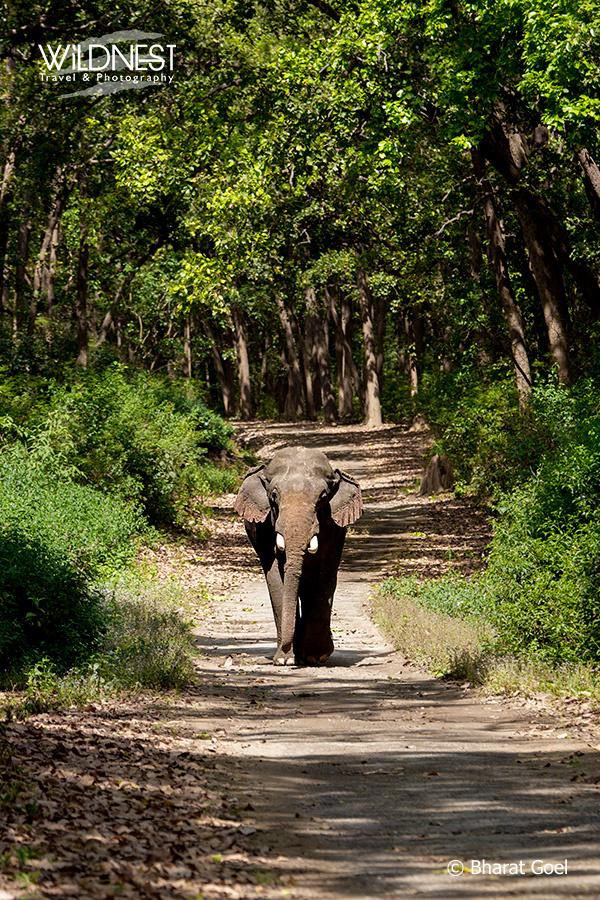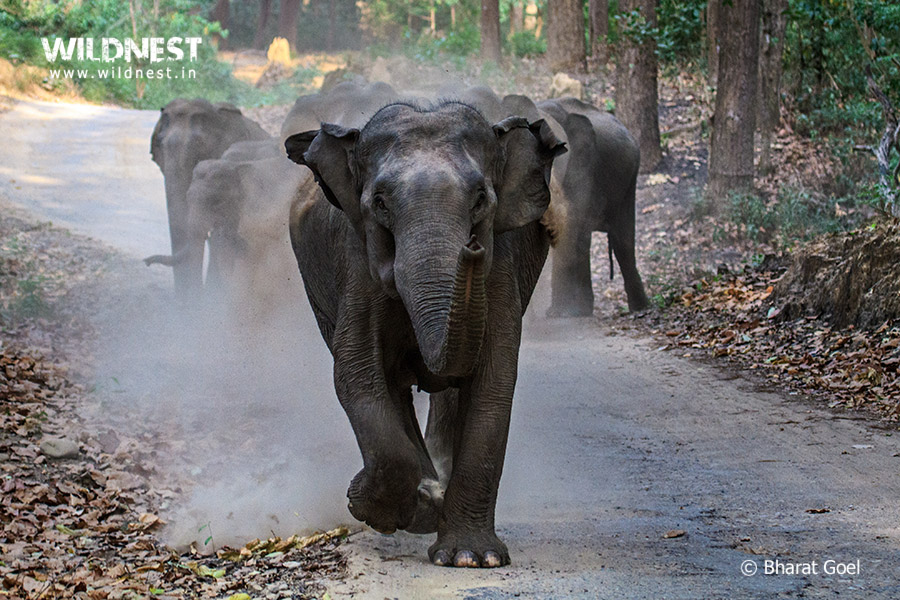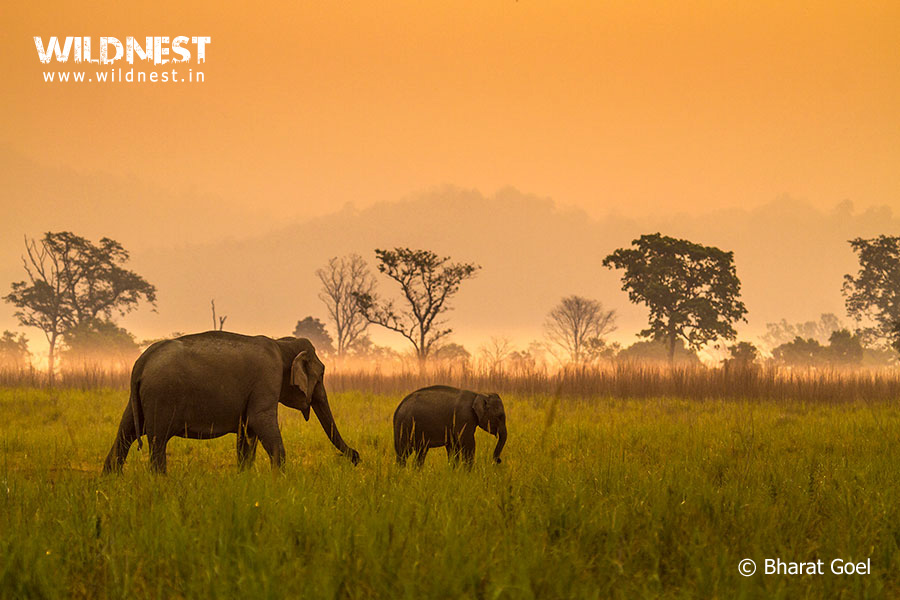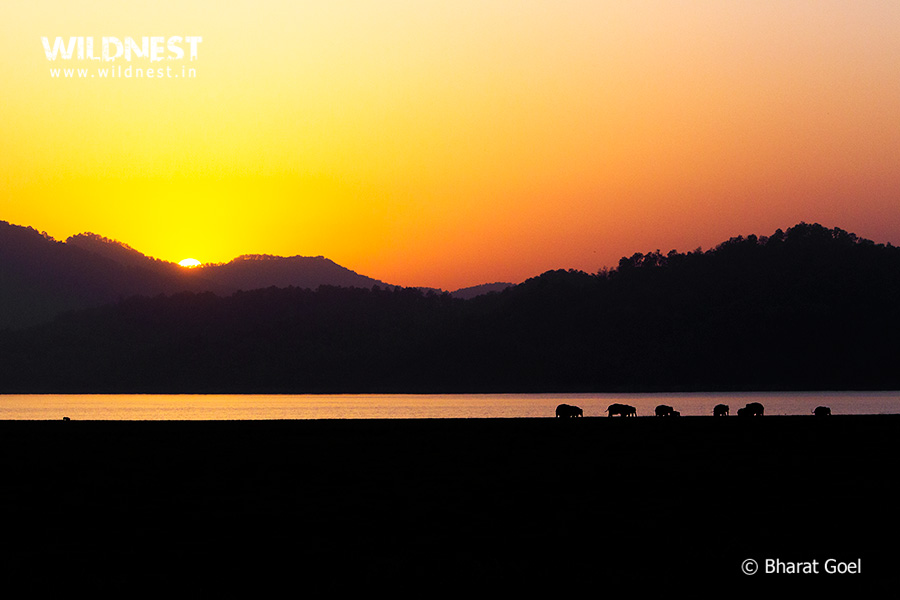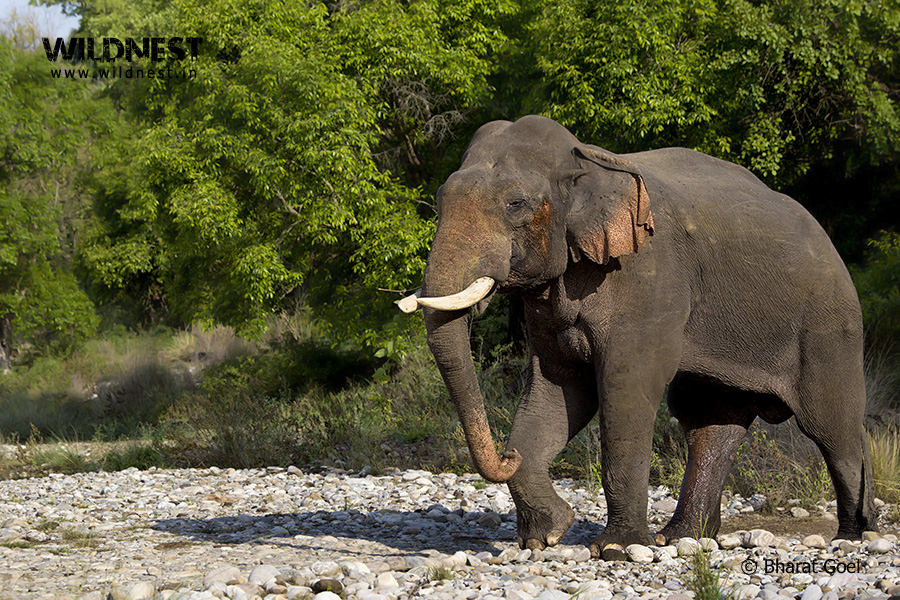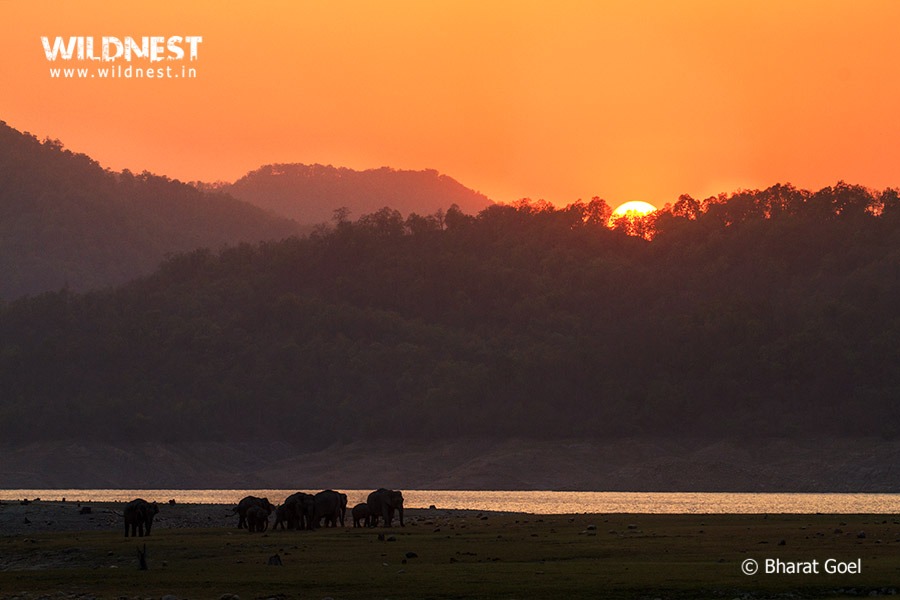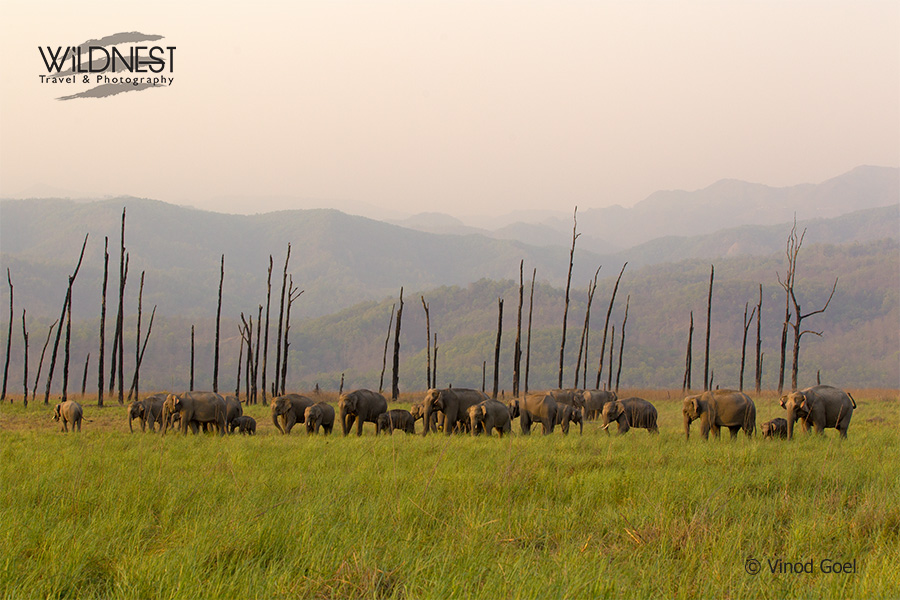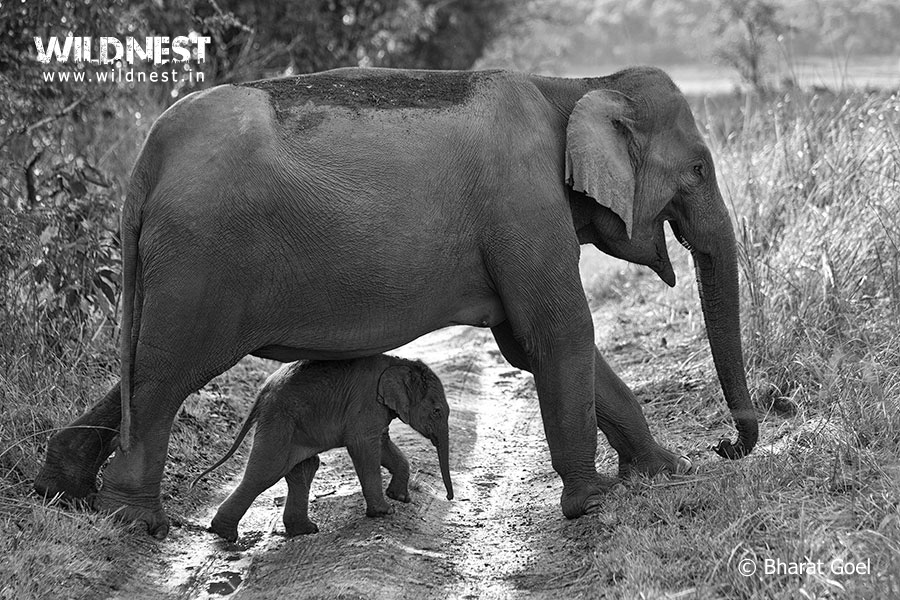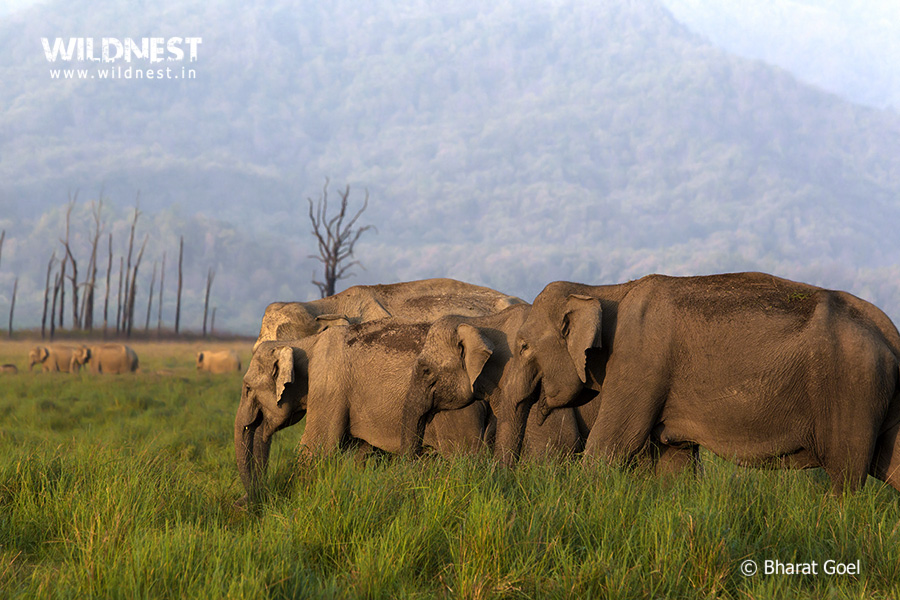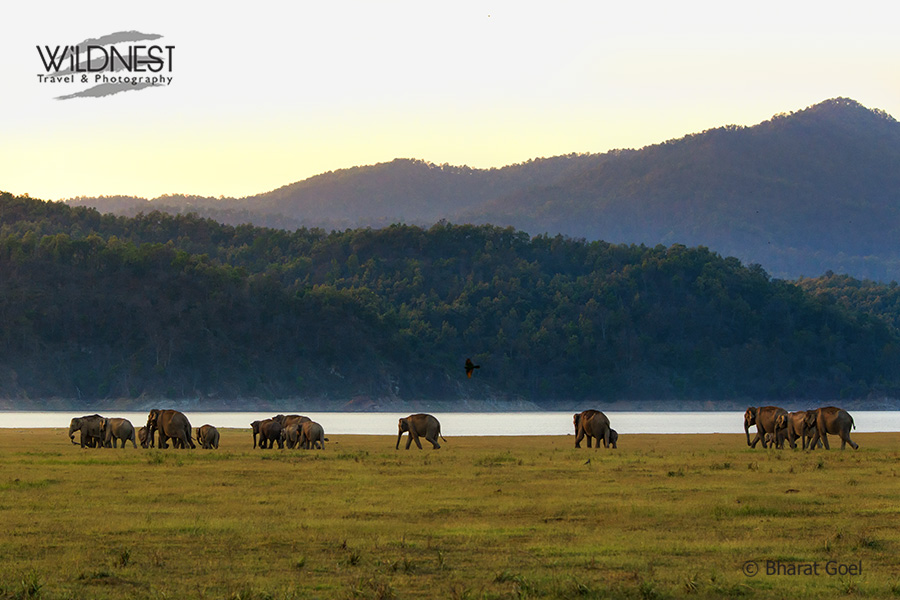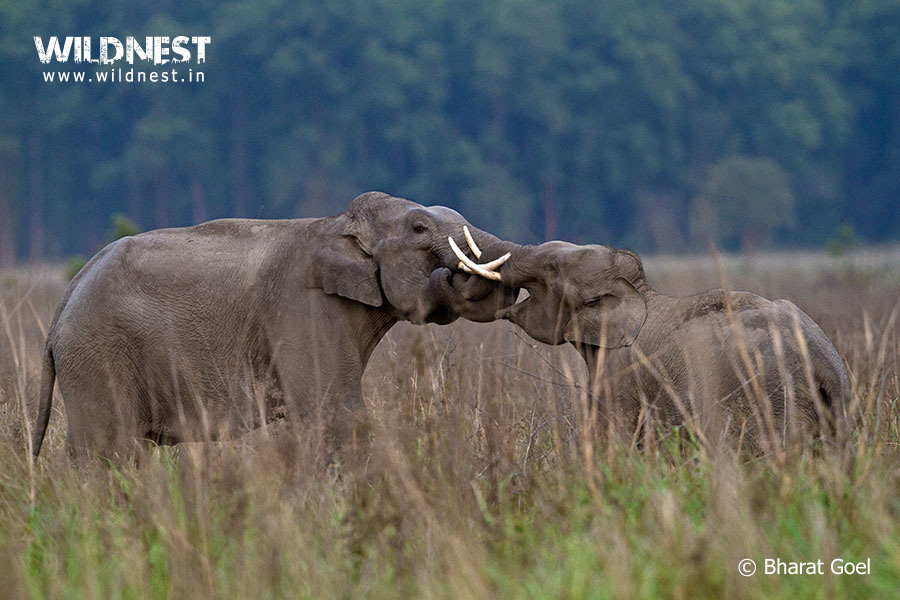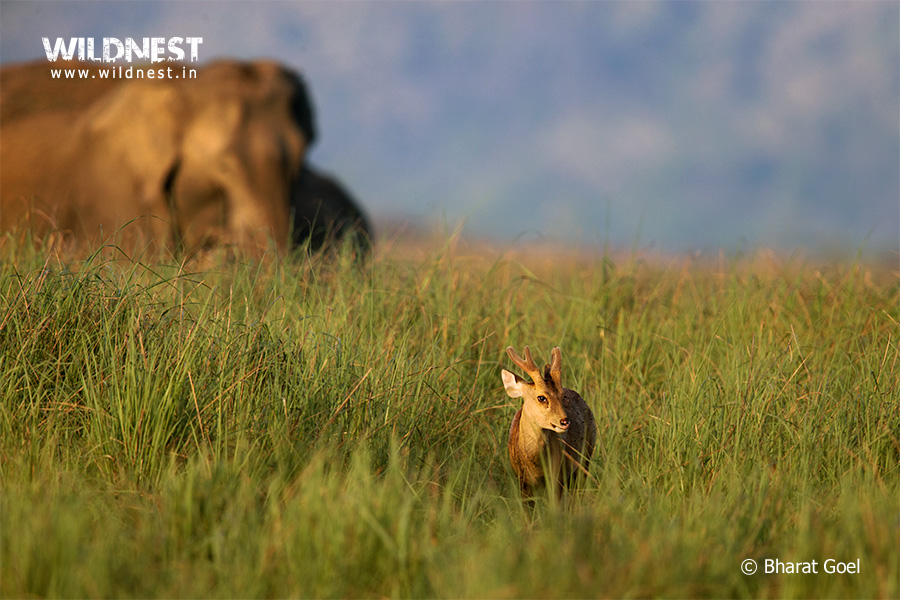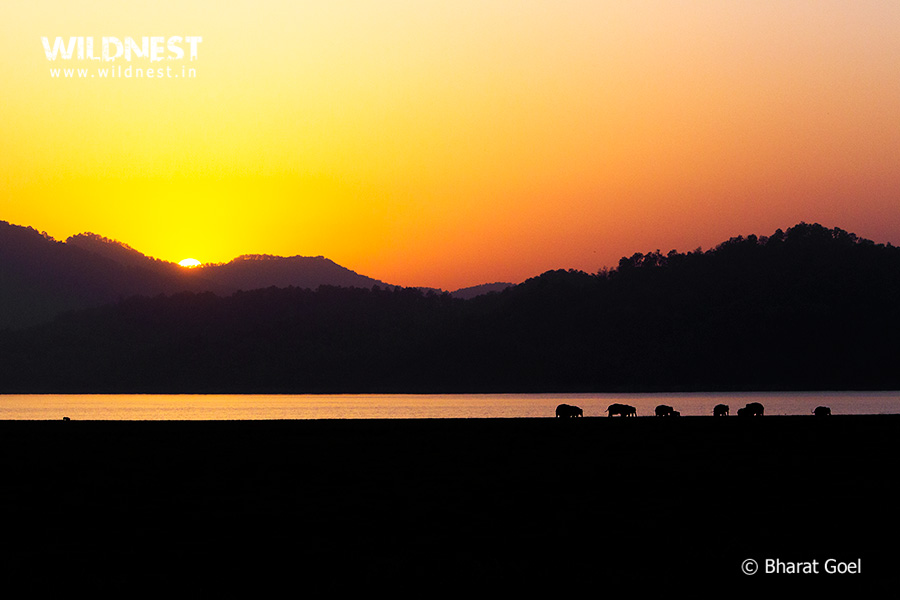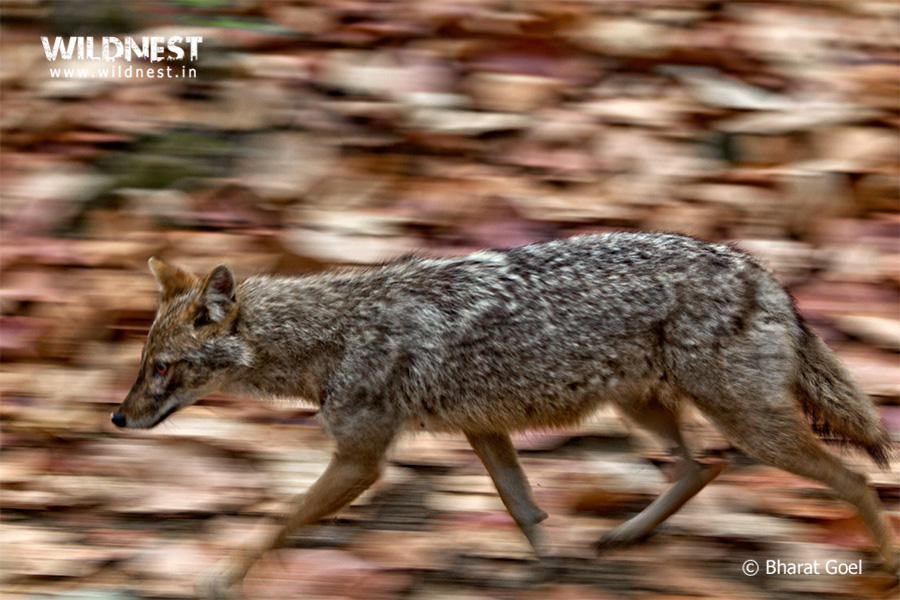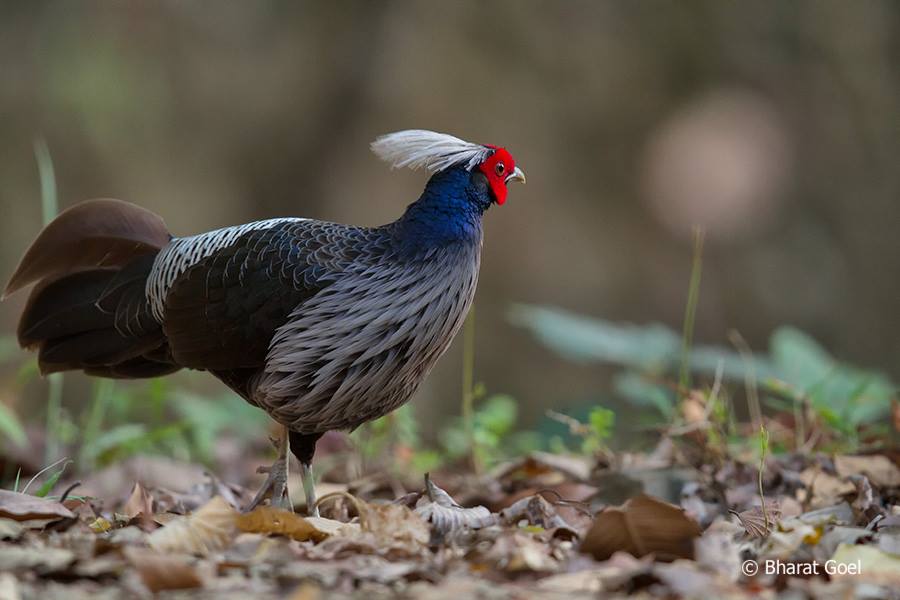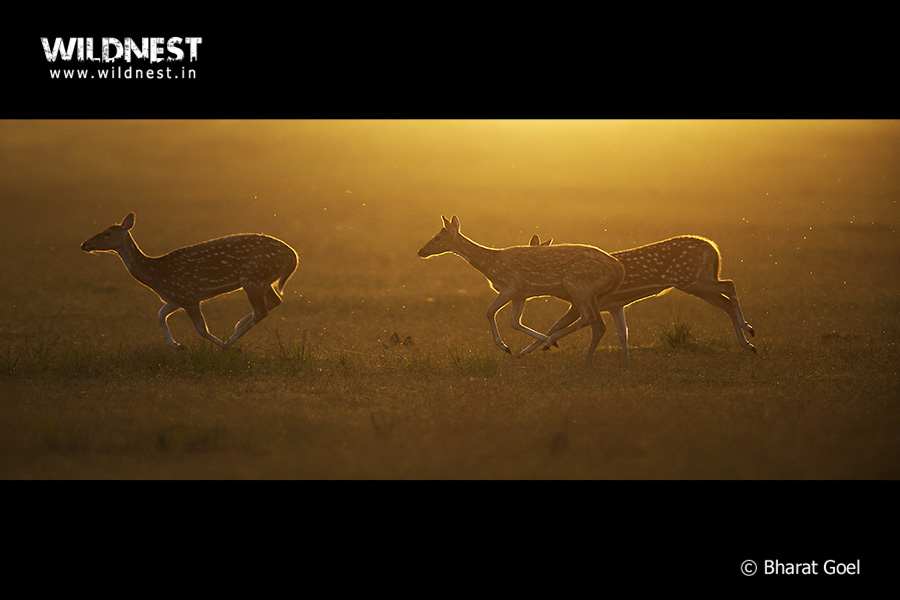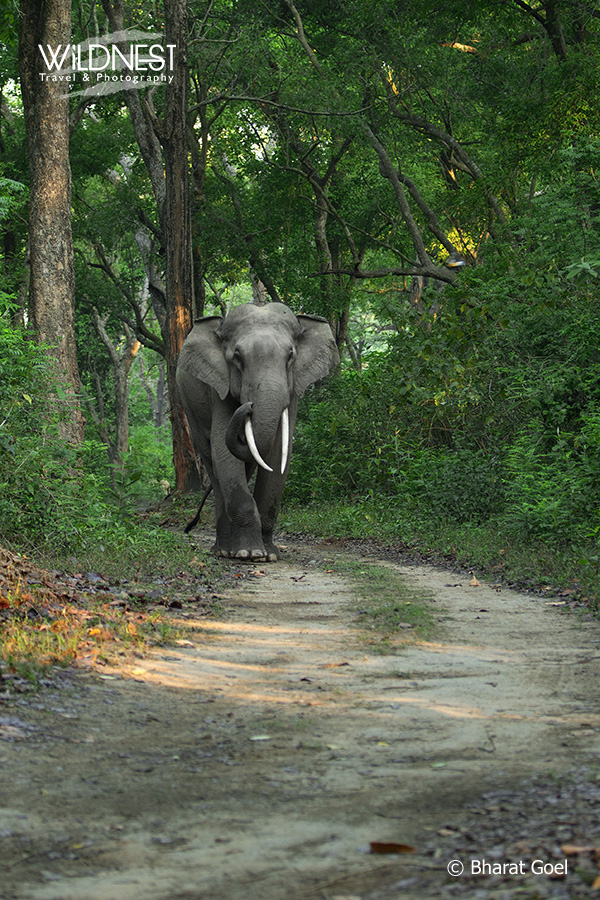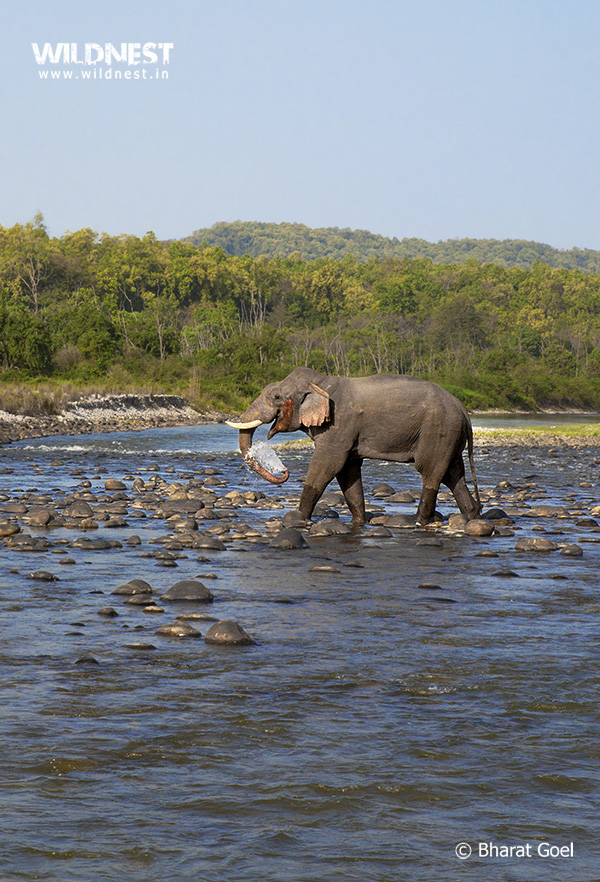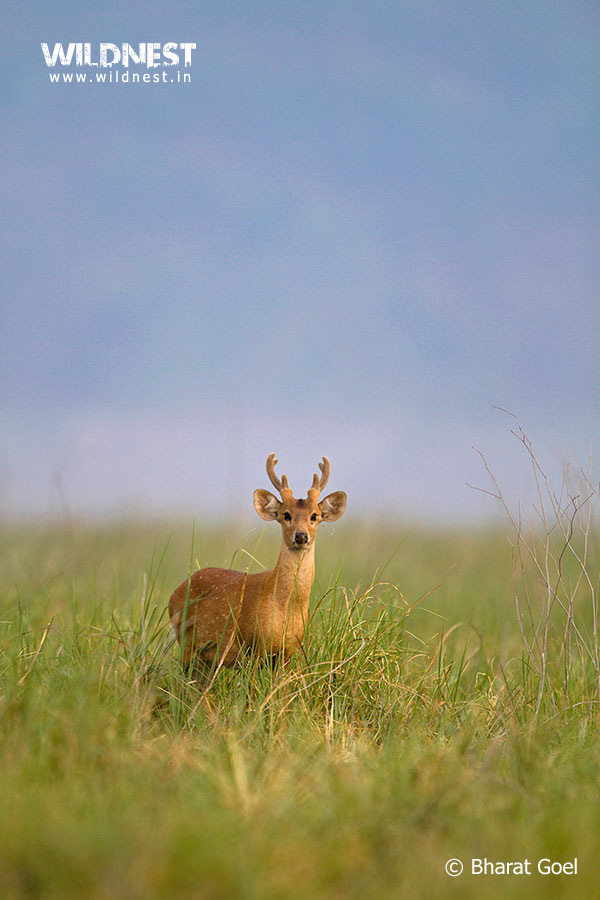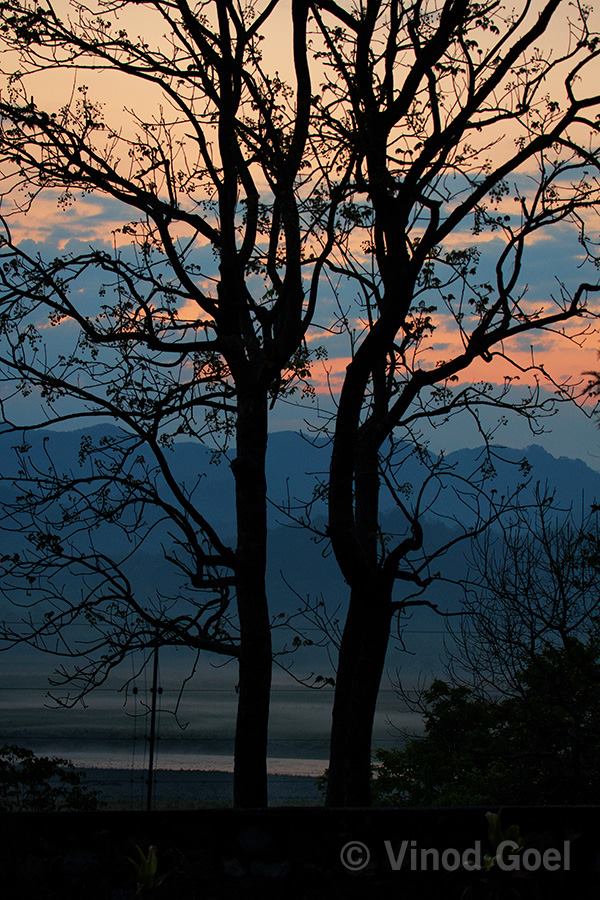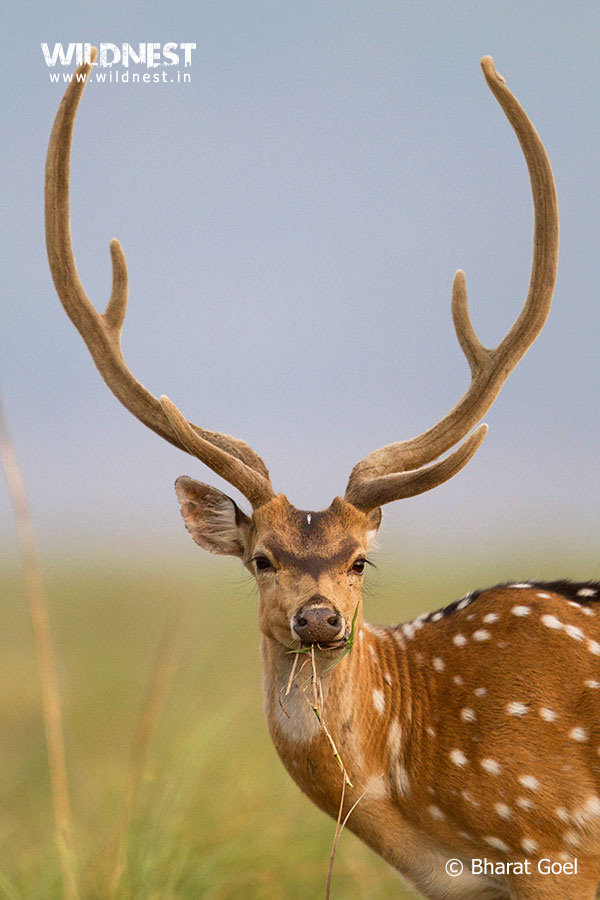About Jim Corbett National Park
Corbett National Park is the oldest national park of Asia established in 1936 and India’s one of the first tiger reserves declared in 1973. It is named after Jim Edward Corbett, a hunter turned conservationist.
Blessed with a wide variety of landscapes due to its geographical location between the Himalayas and the terai, which provide varied habitats such as wet and dry, plain and mountainous, gentle and rugged, forests and grasslands, it supports diverse ecosystems. Ramganga River flowing through the jungle is the largest of the precious few perennial sources of water in the park and provides the most picturesque views. A dam on Ramganga at Kalagarh forms a reservoir of about 80 sq. km, the backwaters of which reach till Dhikala.It is truly recognized as the “Jewel of the Crown”.
Owning to its unique location, bird population is quite high throughout the year with winter visitors, summer visitors, altitudinal migrants, passage migrants and local migrants.
Flora & Fauna
The main attractions of Corbett National Park are the Asiatic wild elephants, tigers and the wide variety of birds found here. Other commonly seen wildlife includes leopard, sambar deer, spotted deer, hog dear, barking deer, jackal, langur monkey, rhesus macaque, wild boars, peacock etc.Various aquatic species such as mahseer, crocodile, gharial, turtles etc are also found here.
Corbett’s rivers attract specialist birds of prey such as Pallas’ fish eagle and the rare tawny fish-owl. Other water dependent birds like kingfishers, cormorants, storks, terns, shanks, sandpipers, dippers, forktails etc. also frequent the park’s rivers. During winters many long-distance migrant birds throng the Ramganga Reservoir. These are mainly storks, herons, sandpipers, plovers, waterfowl (ducks and geese) and ospreys.
Distinct variation in flora is clearly visible in the park. The lower areas consist of sal and associated forests while as you go higher you encounter progressive belts of mixed forests, chir pine, oak and rhododendron, khair (Acacia catechu) and shisham or sissoo (Dalbergiasissoo) trees which grow on sandy, gravelly areas all along the Ramganga and streams and chaur (local name for extensive savannah grasslands) which is the most unique vegetation of Corbett National Park. More than 600 species of trees, shrubs, herbs, bamboos, grasses, climbers and ferns have been identified in the Park.
Corbett Weather
Winter (Nov – Feb)
(Max. 25°C – 30°C Min 4°C-8°C)
Clear sky with comforting sunshine, good for wildlife viewing between November and December. In January one may see frost on the meadows.While the days are pleasant, nights are fairly cold.
Spring (Mid Feb to April)
(Max. 35°C-40°C Min 9°C-13°C)
Clear weather with excellent visibility and moderate day temperatures.
Summer (May – June)
(Max. 44°C-46°C Min 19°C-22°C)
Hot in the afternoons. Mornings and evenings are pleasant. Long daylight hours facilitate longer wildlife viewing time.
Monsoons (Mid June- October)
The weather becomes quite pleasant with the drop in temperature. The park is closed for the tourists during the rainy season, However, the Jhirna (gate) region of the park is open throughout the year and tourist can visit and enjoy rainy season with wildlife safari.The main reason for closure of the park during the rest of the year is that during the monsoons most of the roads get washed away. Repair work starts after the rains end and it is only by November that roads are back in motorable condition.During monsoons, the humidity soars up to 98 percent, making the weather very sultry.
Ideal time to observe Wildlife and Photography
Winter (November – March): Days are clear and pleasant, Nights get cold. Great time for bird-watching and tiger sighting.
Summer (April – June): Hot days with pleasant nights. Ideal time for animal sightings, especially elephants and tigers.
Monsoon (July – September): Humid days and nights. Most areas of the park are closed during this time. Good time for walks and trekking. Because of less crowd and rush, good probability of animal sightings. Good for observing flora.
How to reach
By Road
Ramnagar (12 km) is the nearest town and is well-connected by road to Delhi (247 km), Lucknow (429 km), Nainital (66 km).
By Air
The closest domestic airport to Corbett National Park is 50 kms away at Phoolbagh, Pantnagar but has limited connectivity. Nearest International Airport is at Delhi (280 km) and is well-connected throughout India and abroad. The other major air link for tourists coming from northern parts of India is at Dehradun (222 km) and Lucknow (429 km).
By Rail
The closest railway station to Corbett National Park is Ramnagar (12 km) and is well-connected to Delhi.
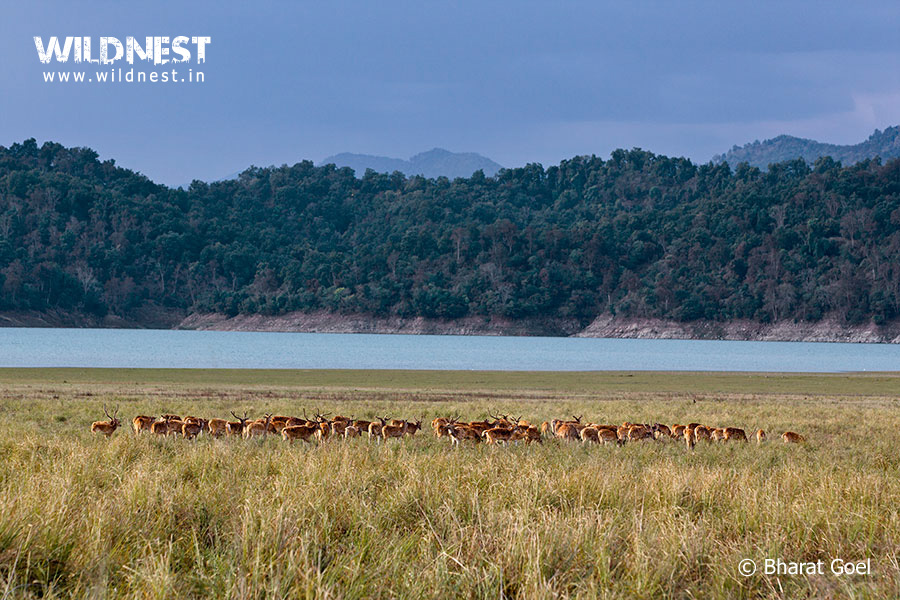
Corbett - Sense of Inner Peace: 3 Days
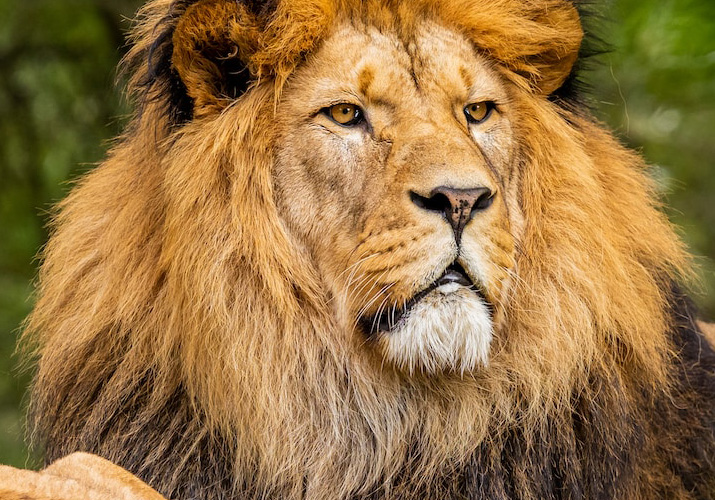
Corbett Wildlife Tour
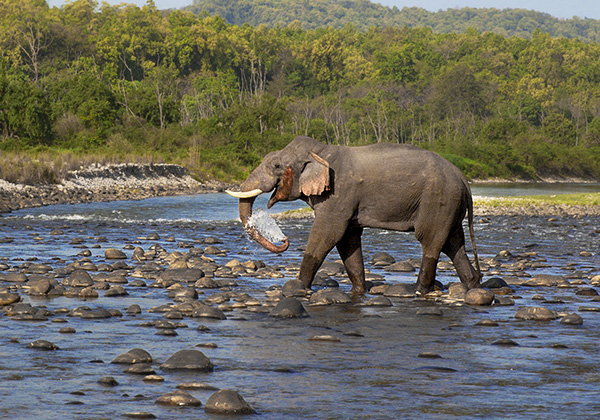
Corbett – The Land of Roar & Trumpet: 3 Night 4 Days
